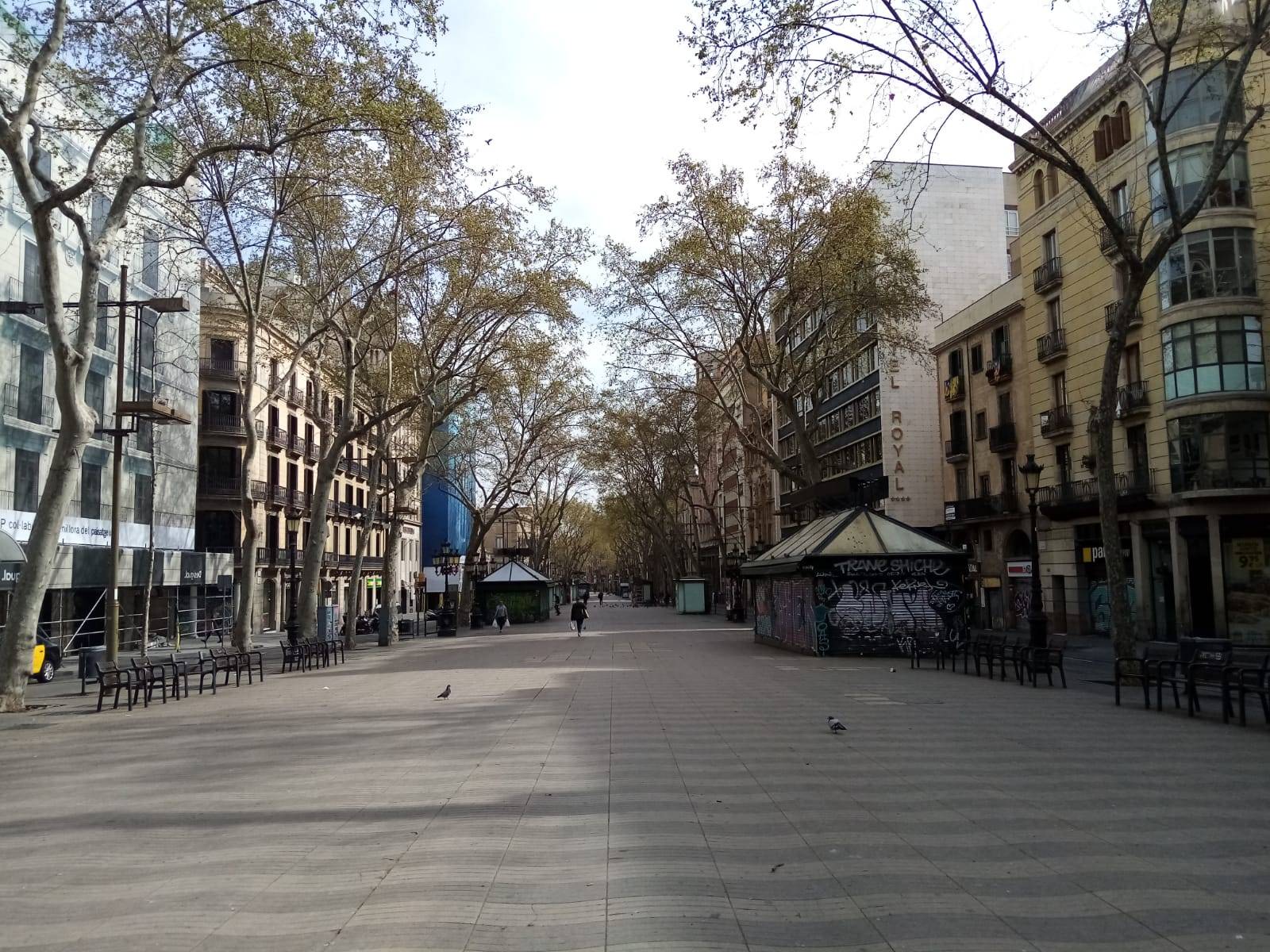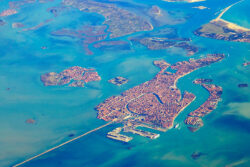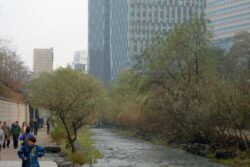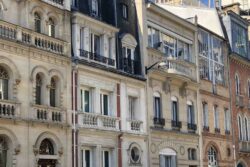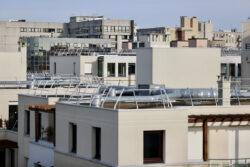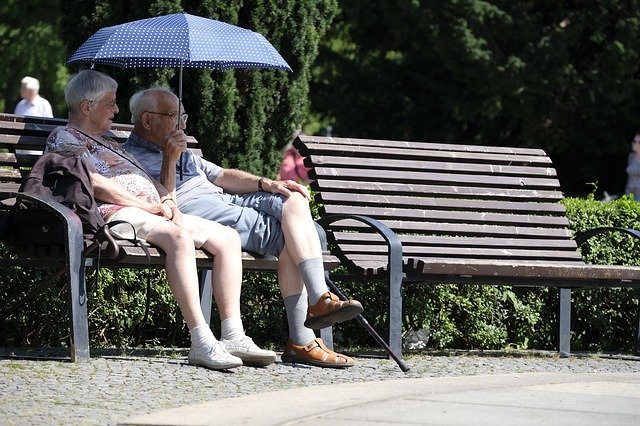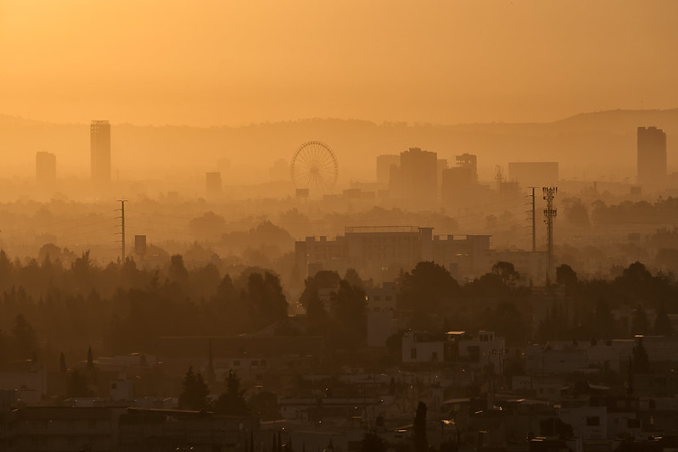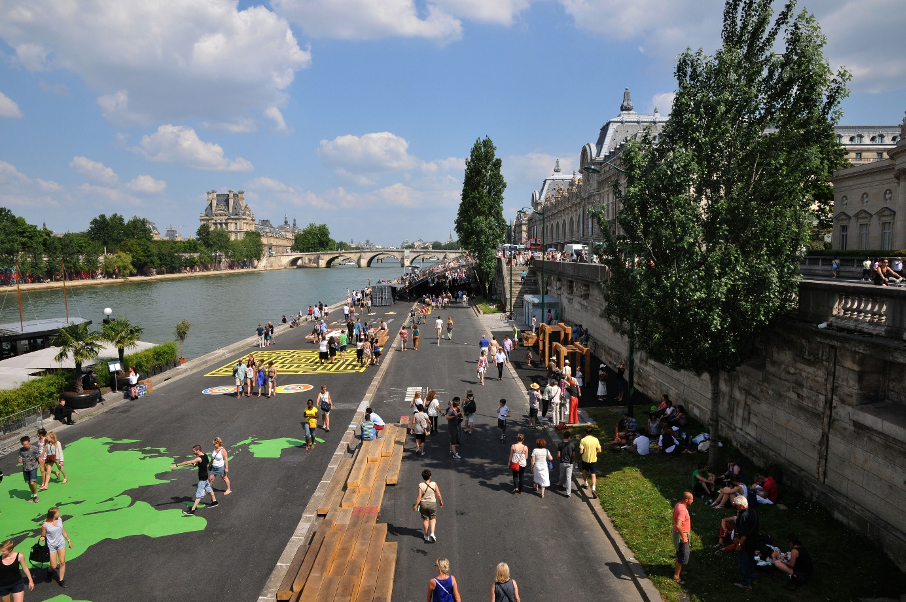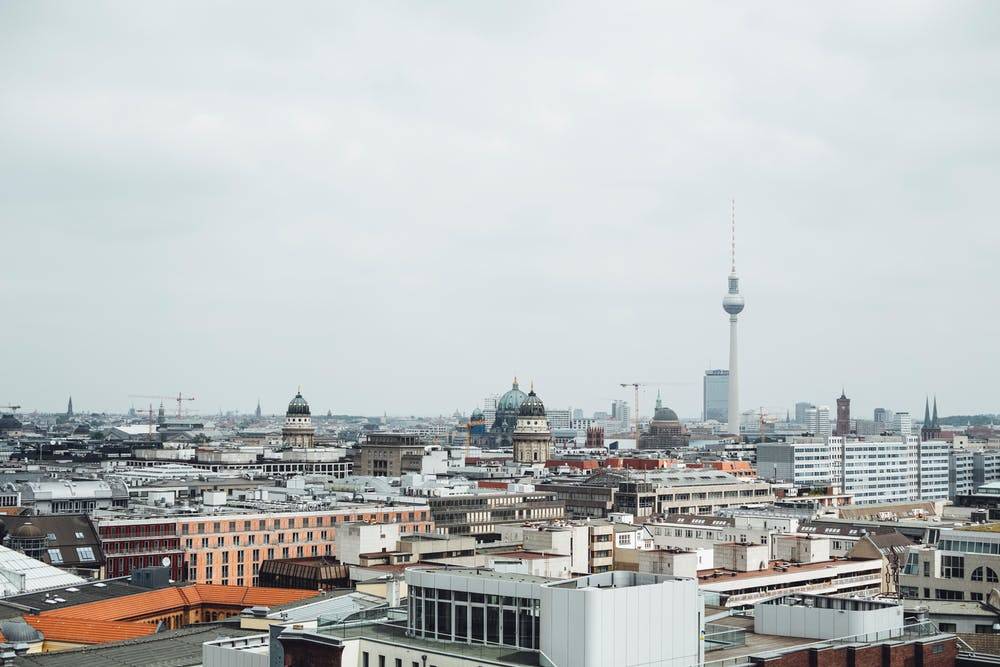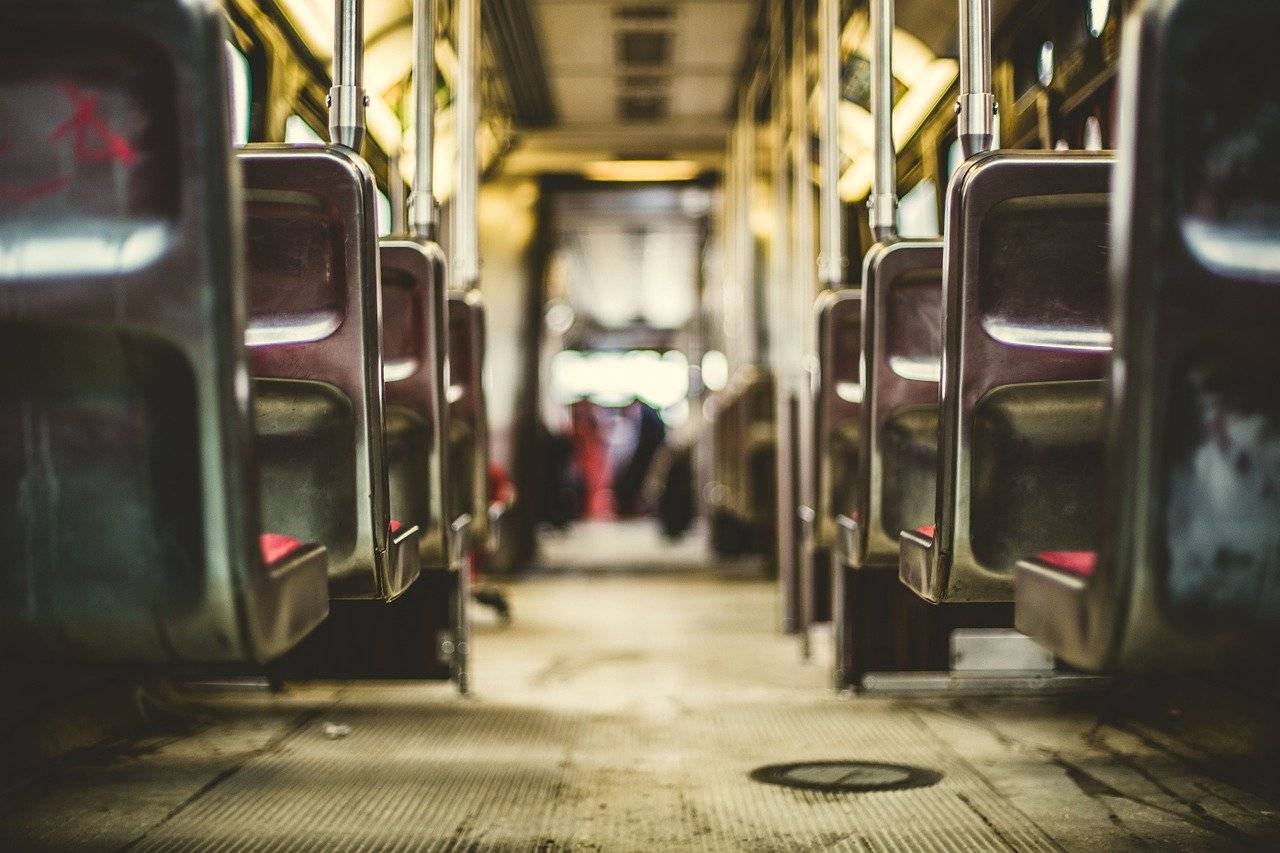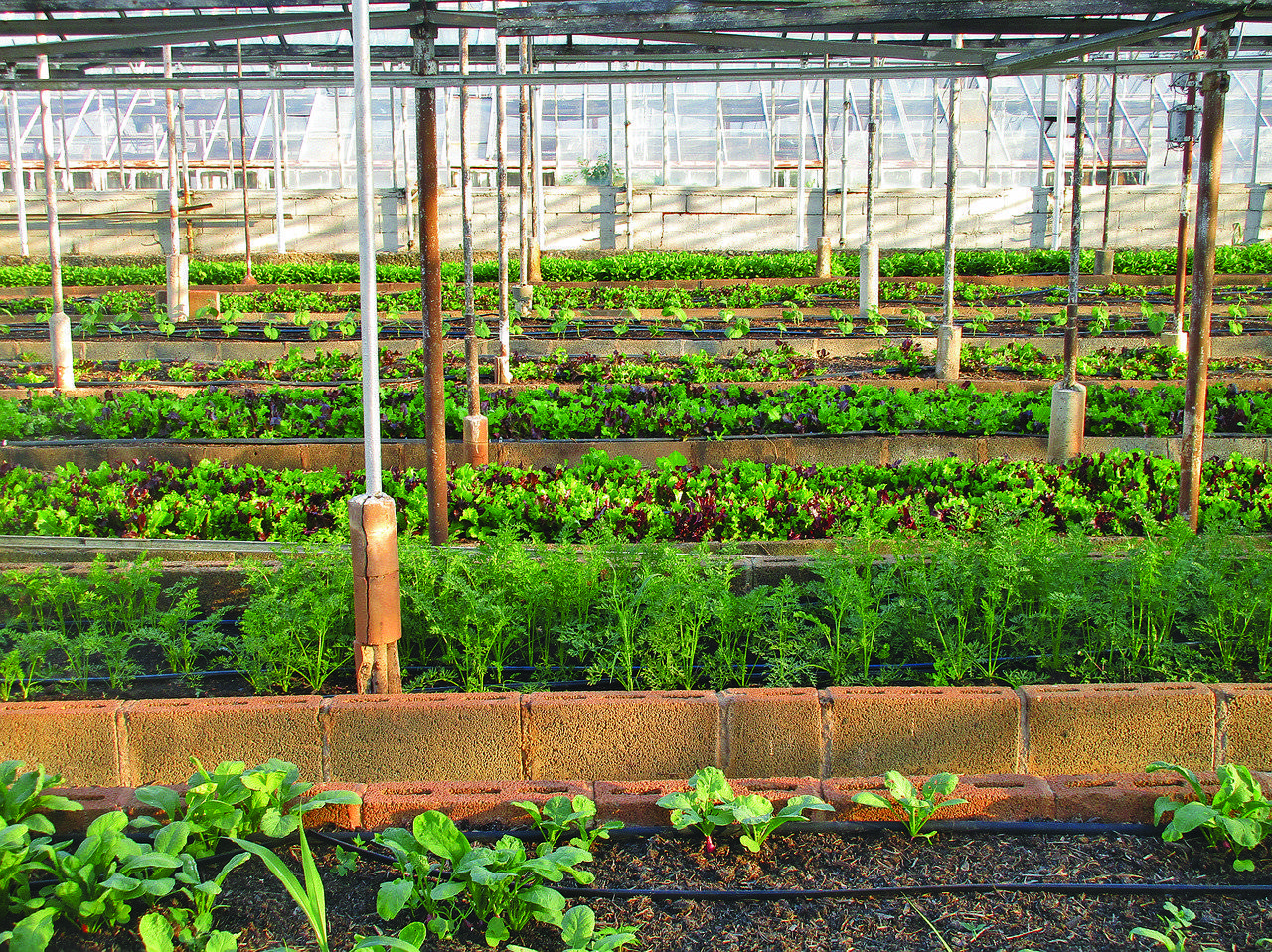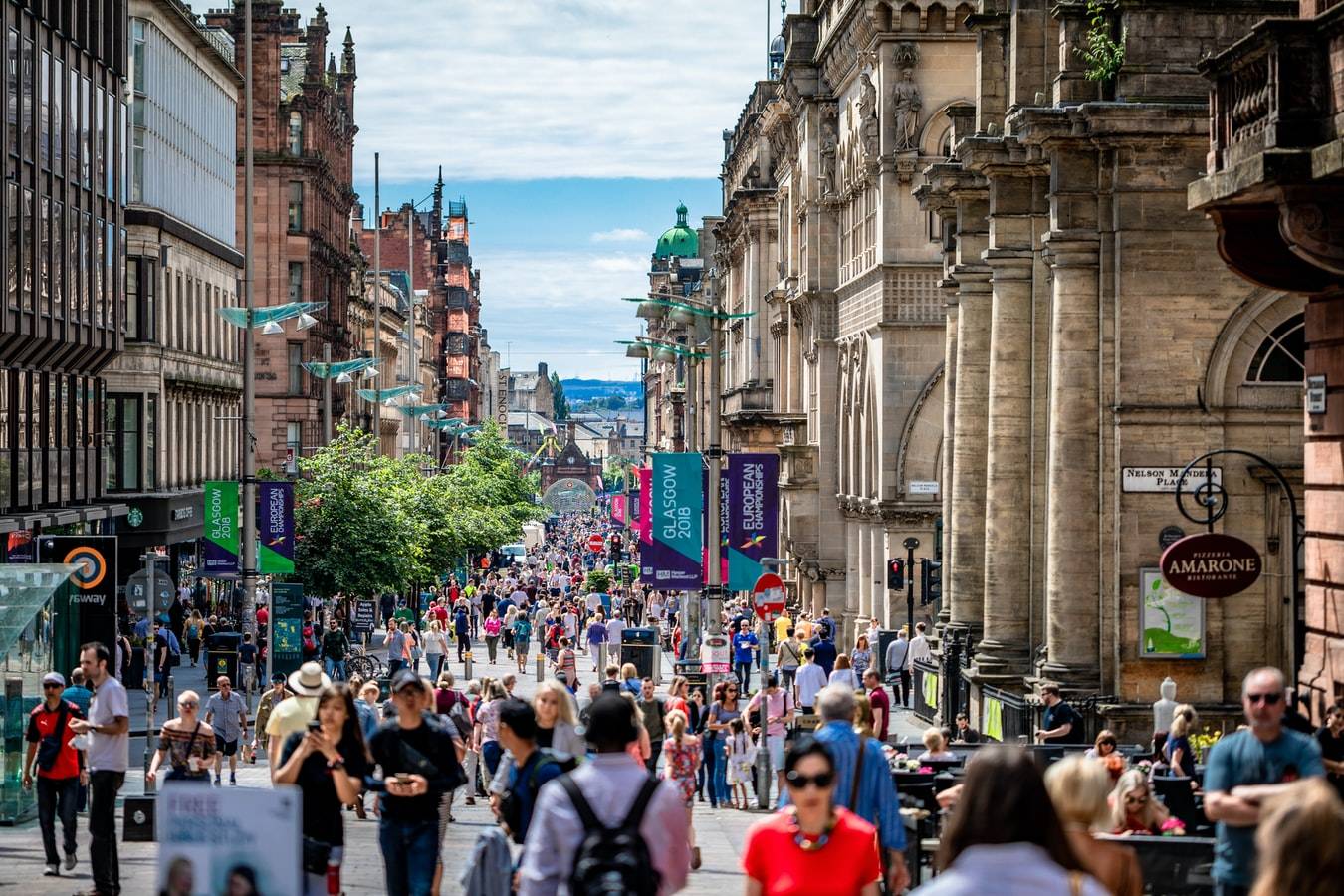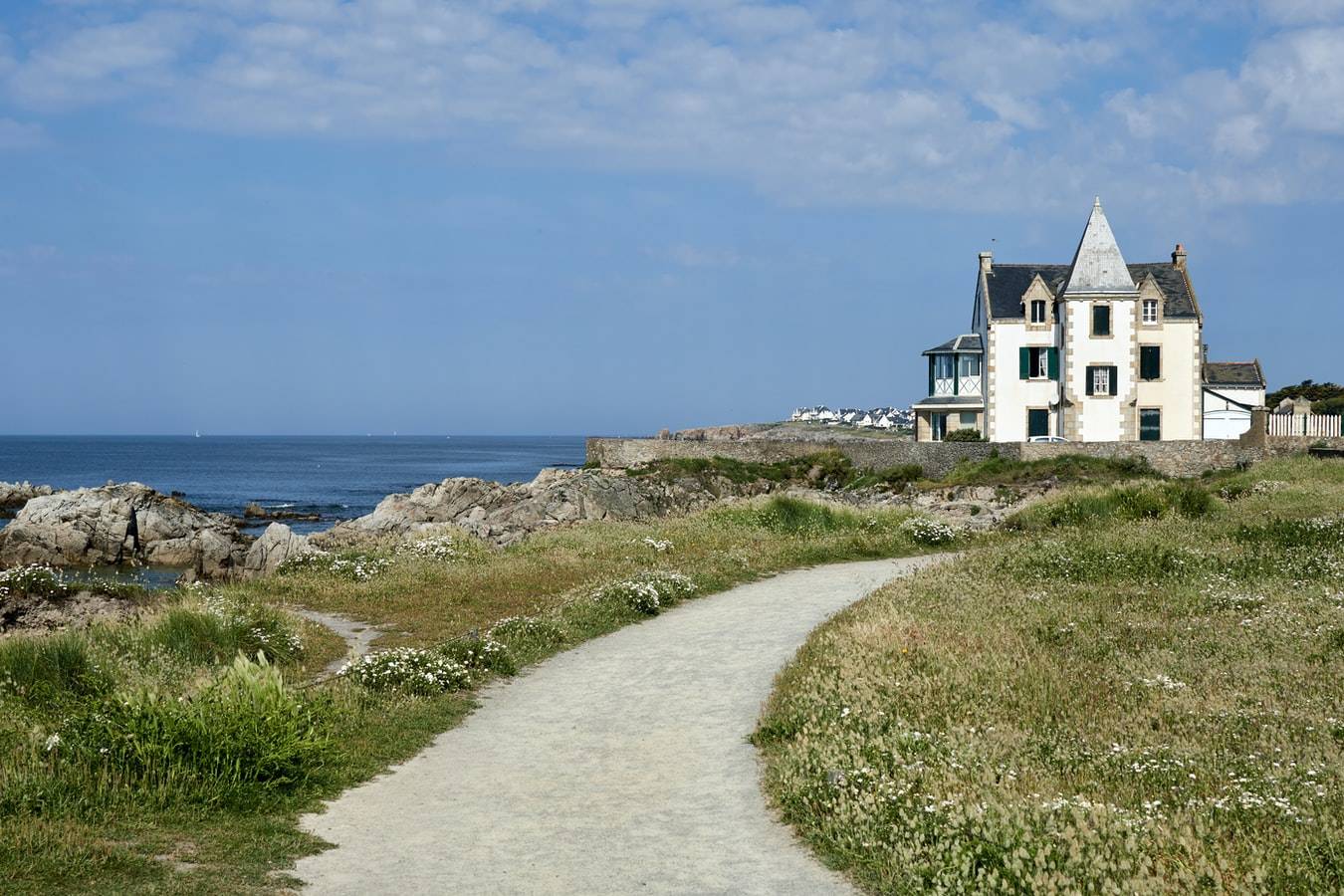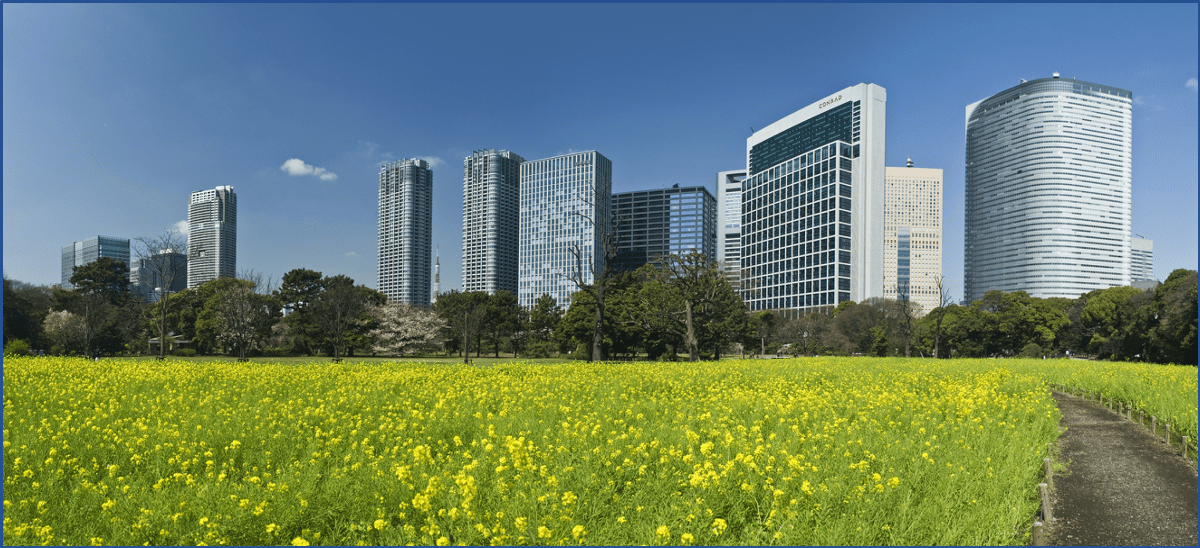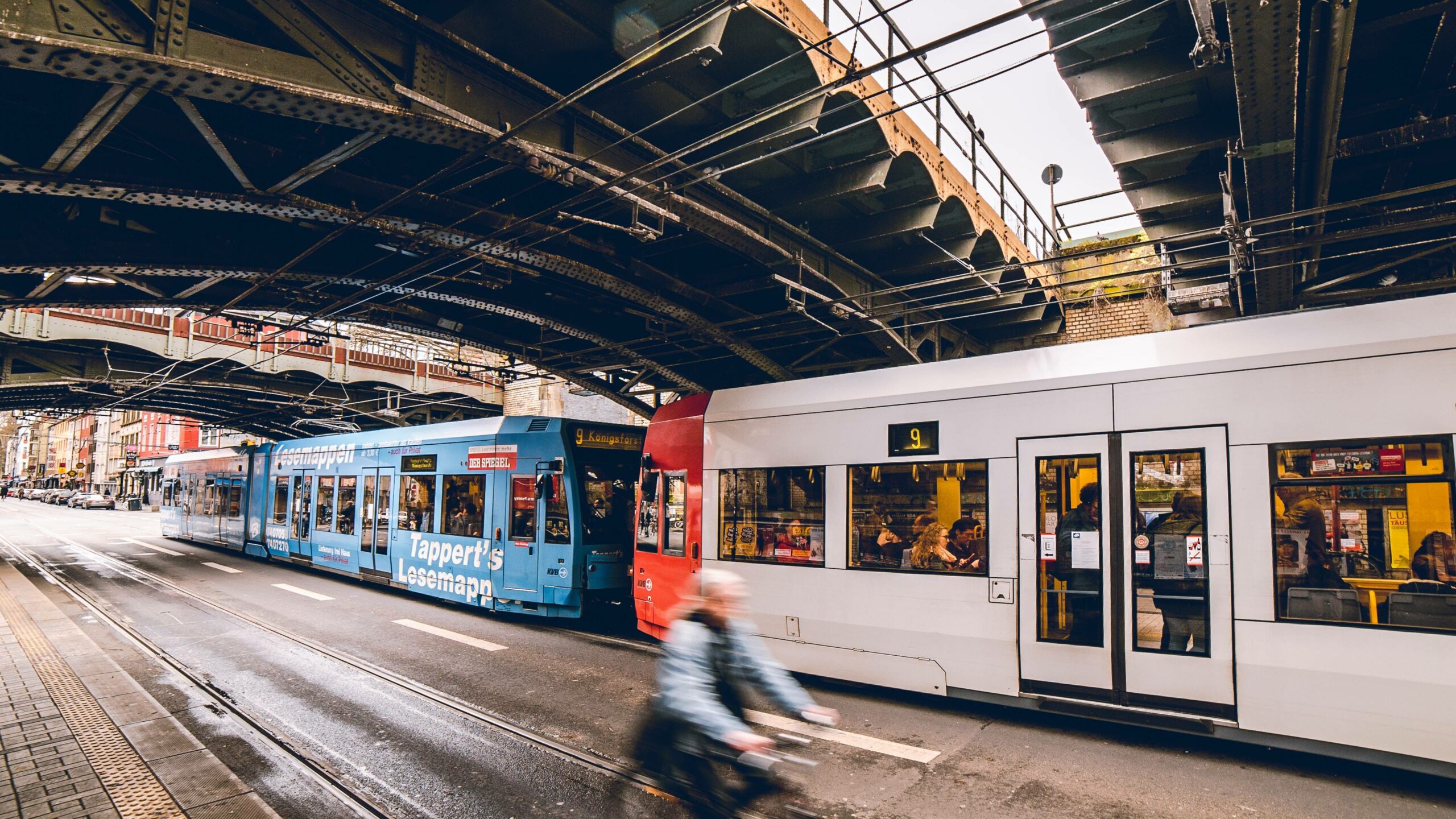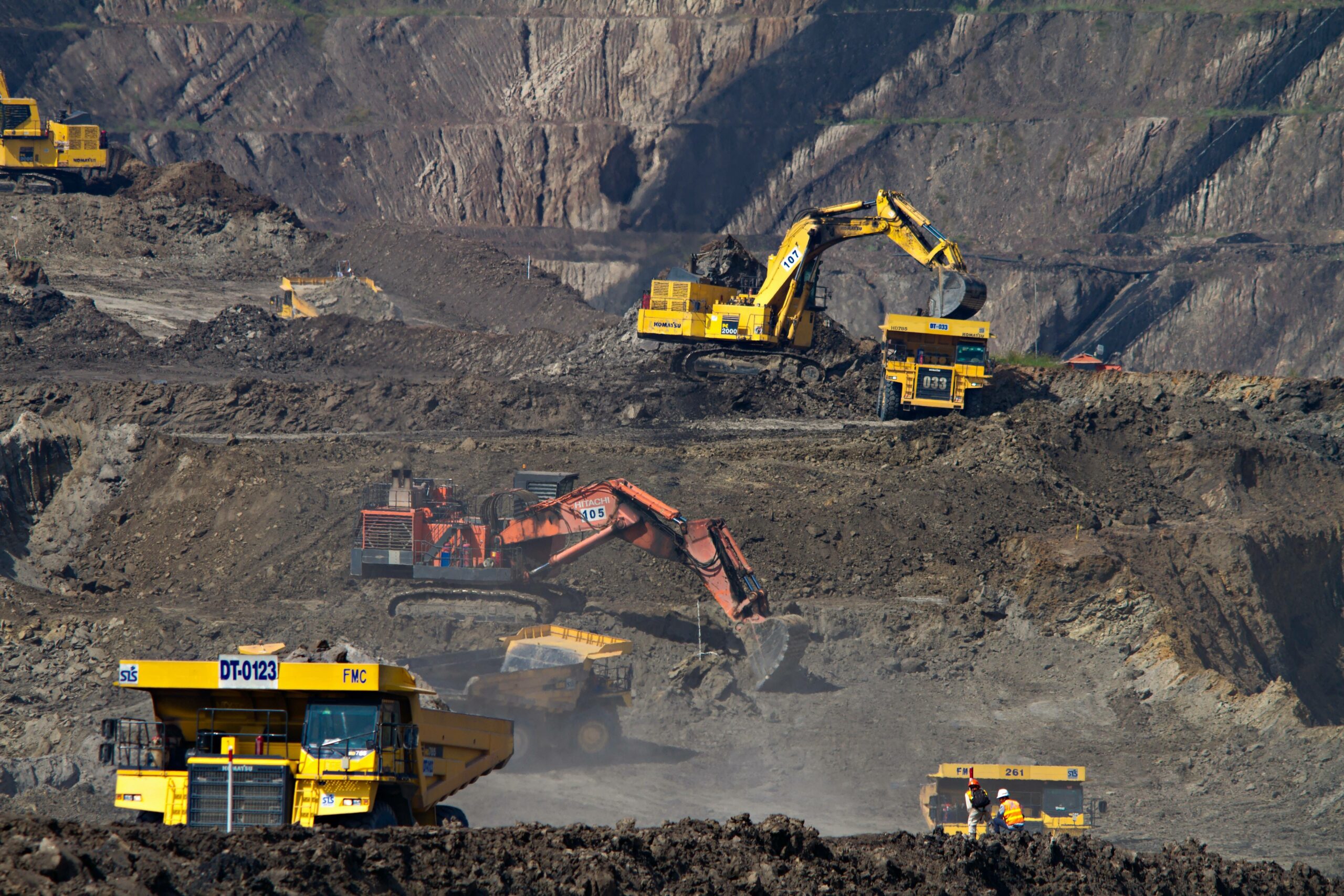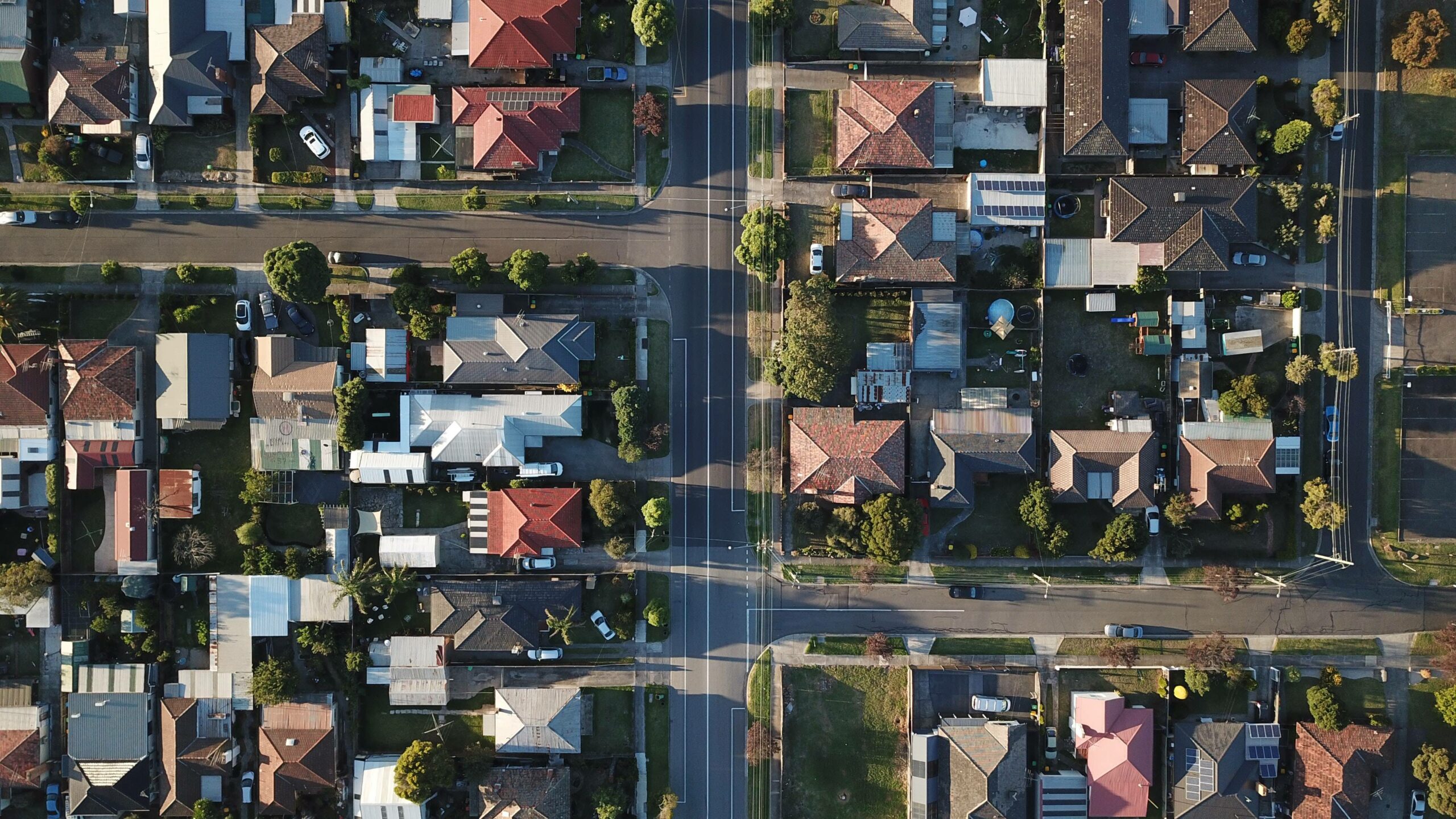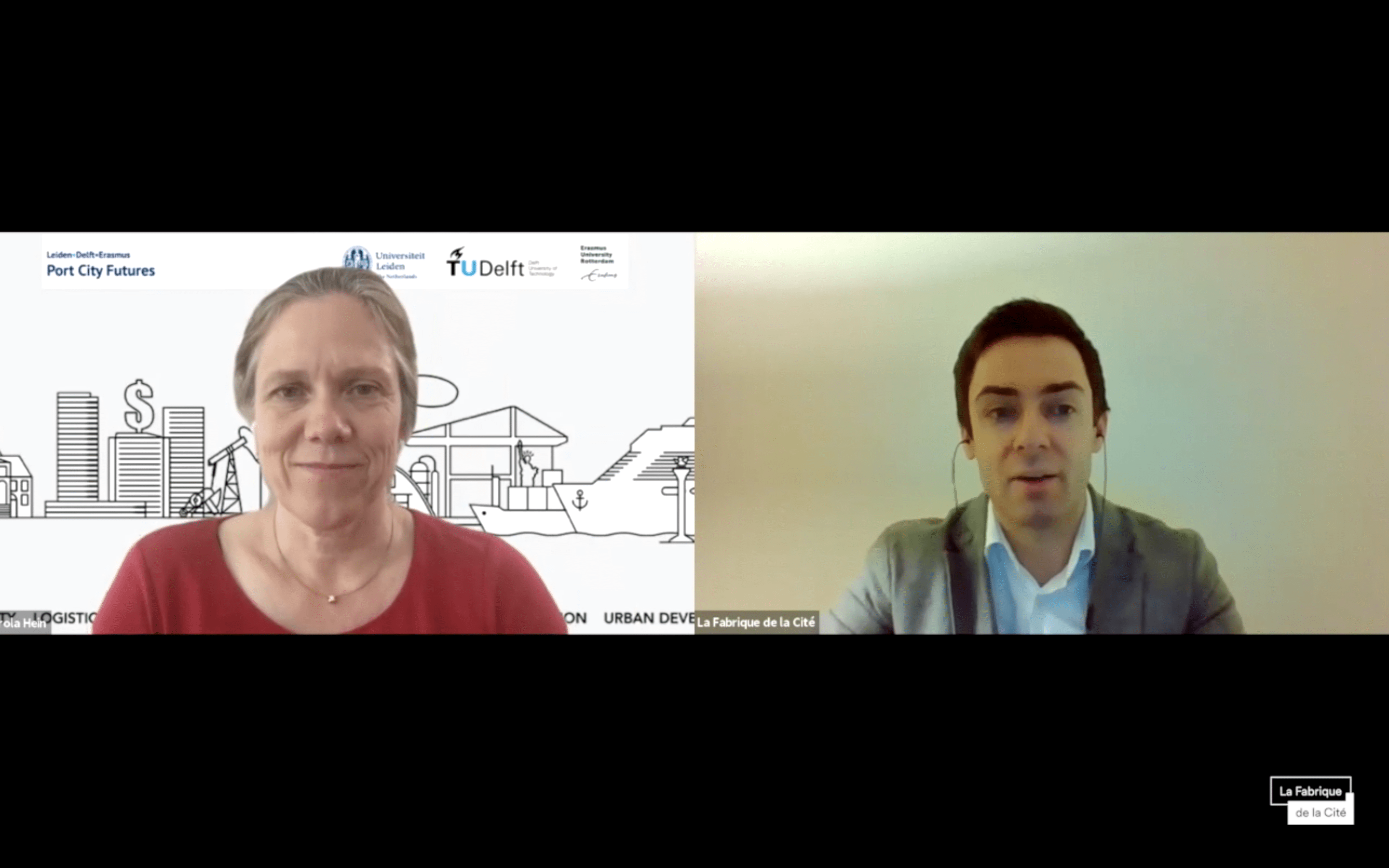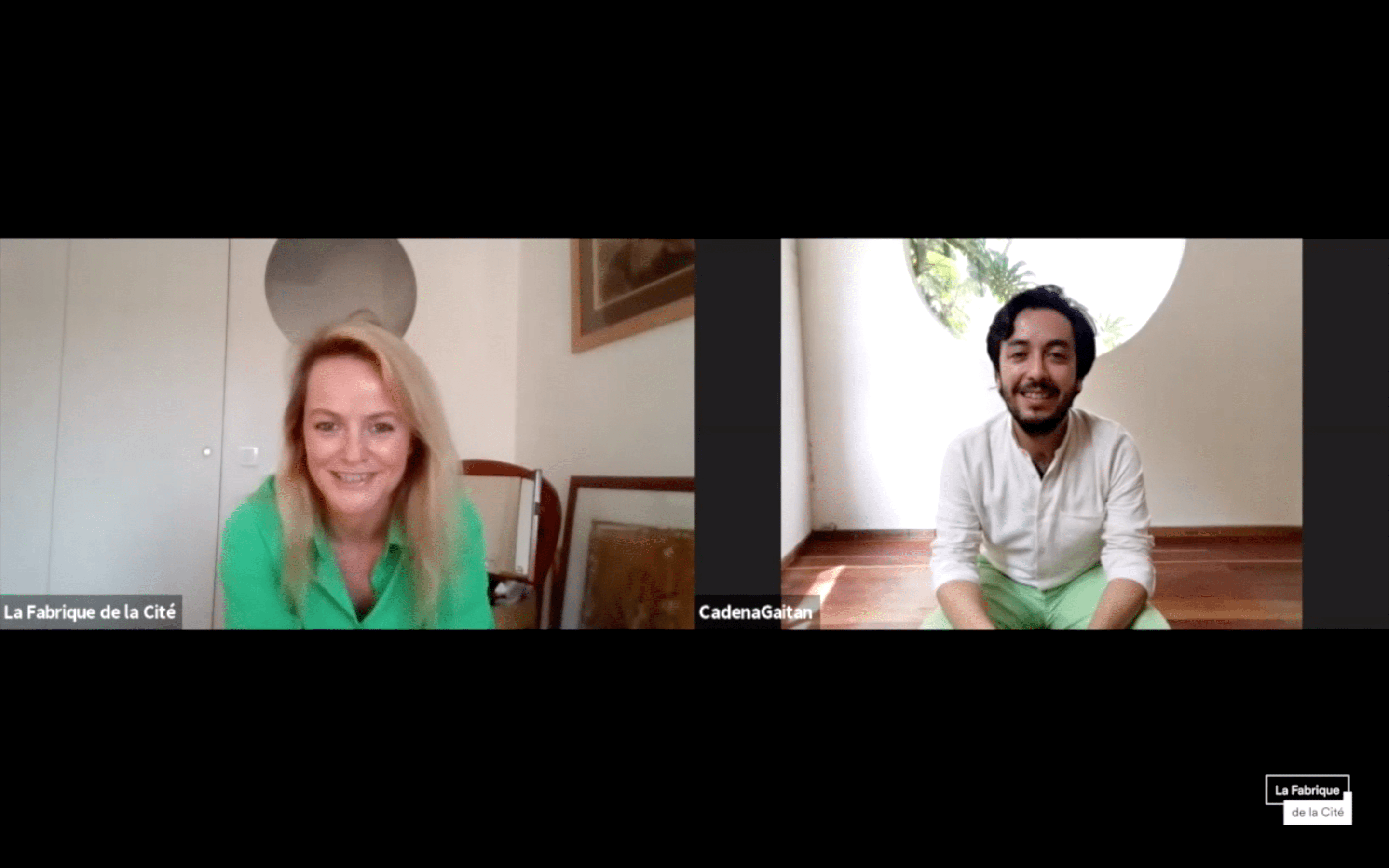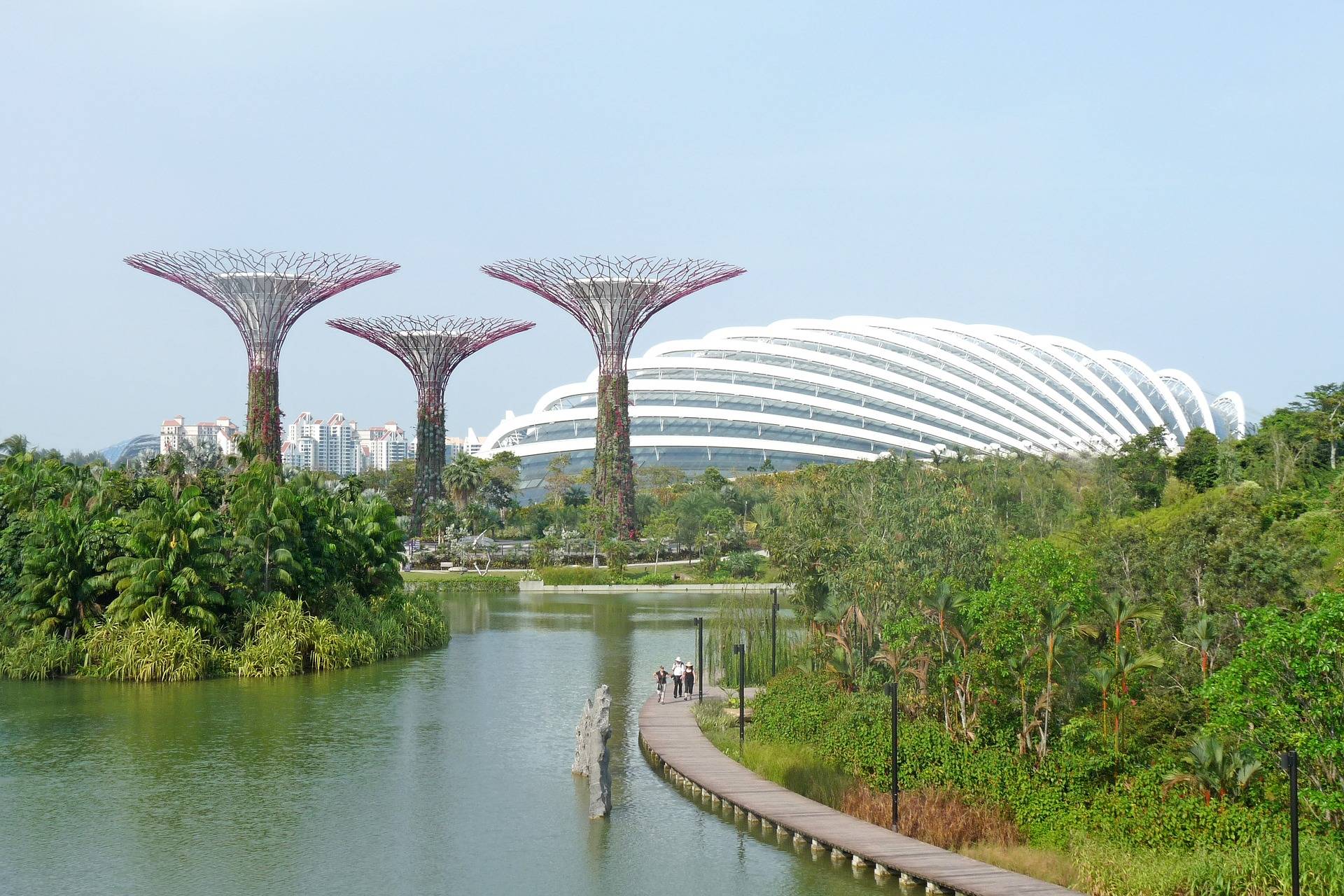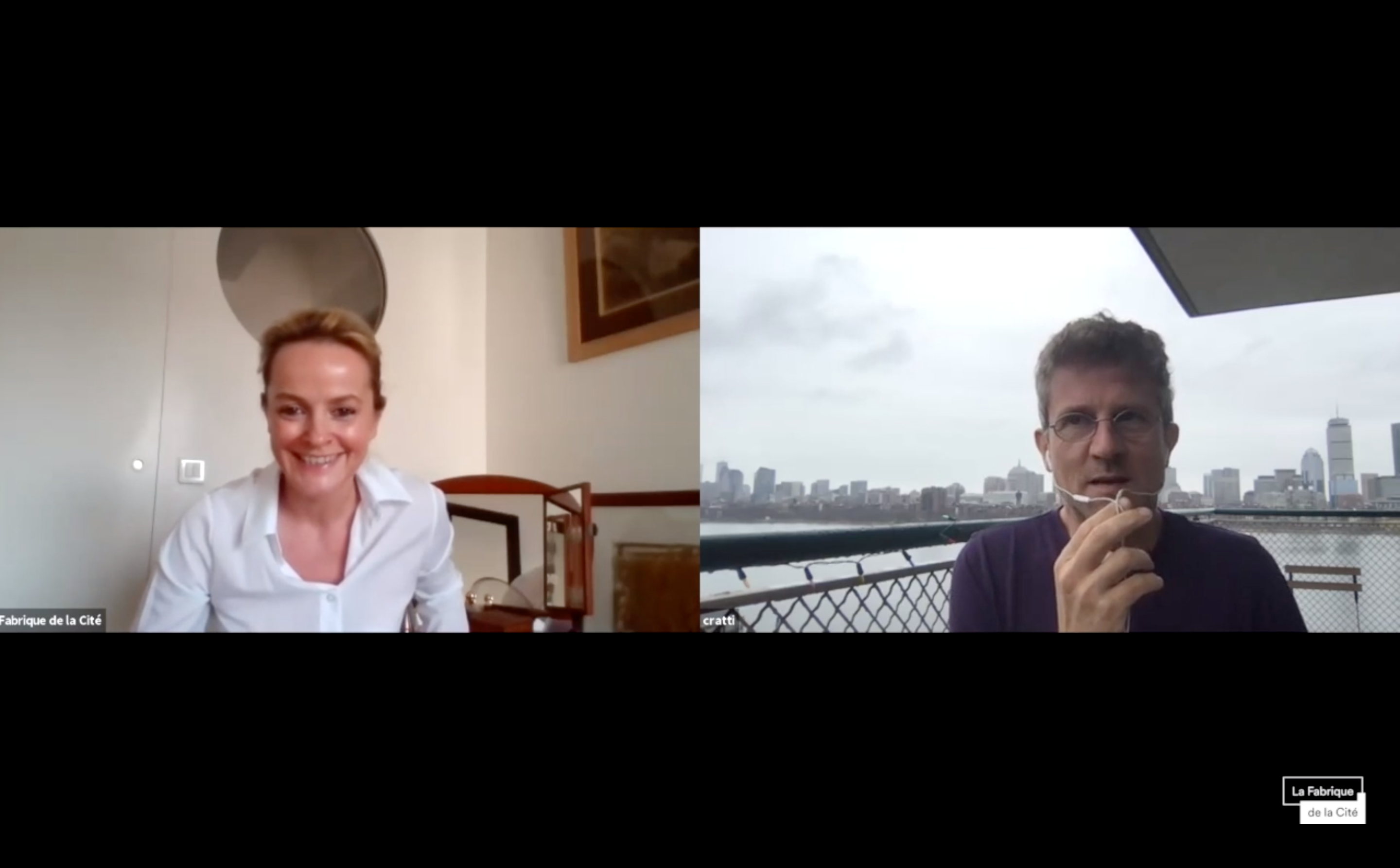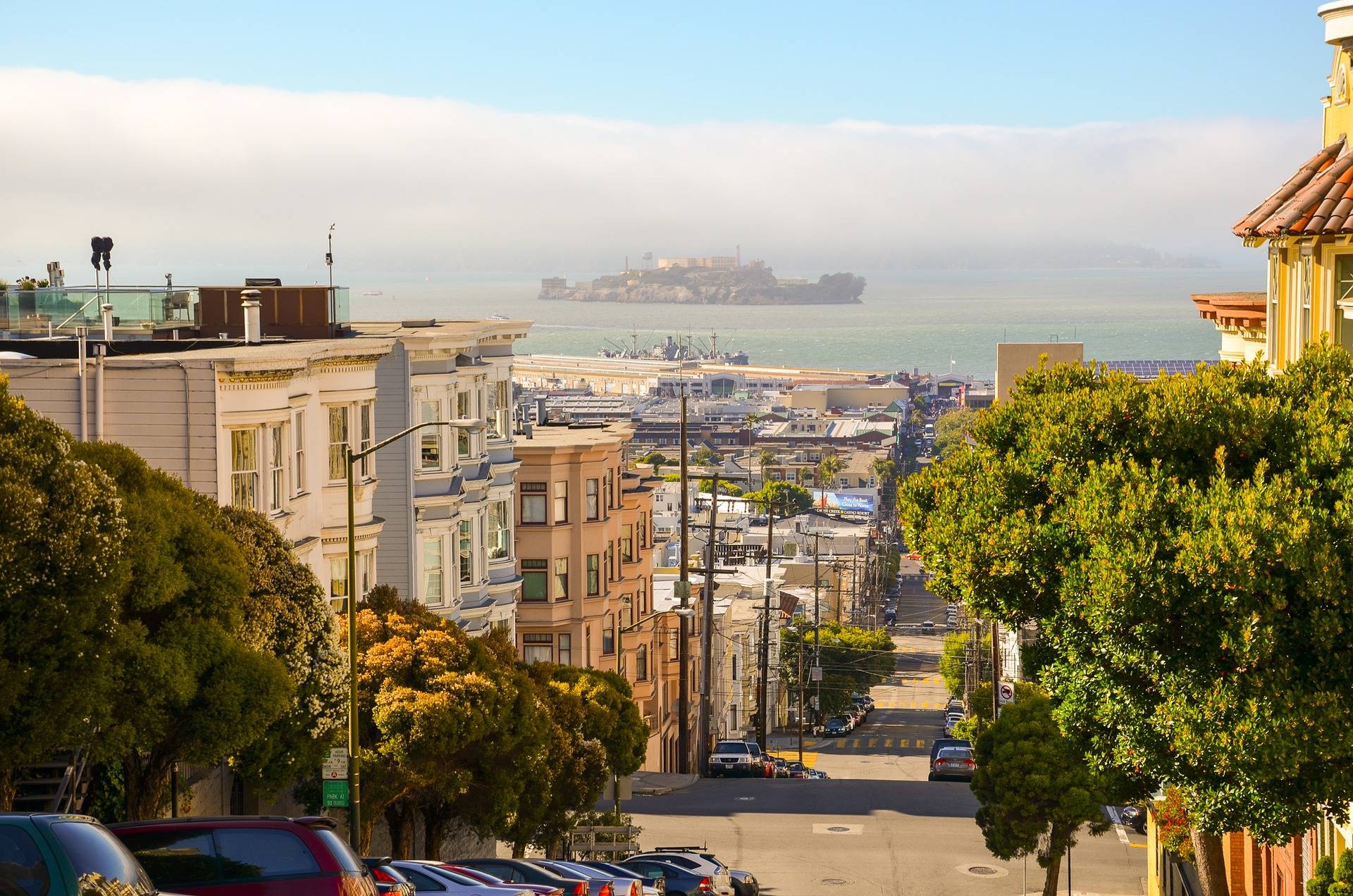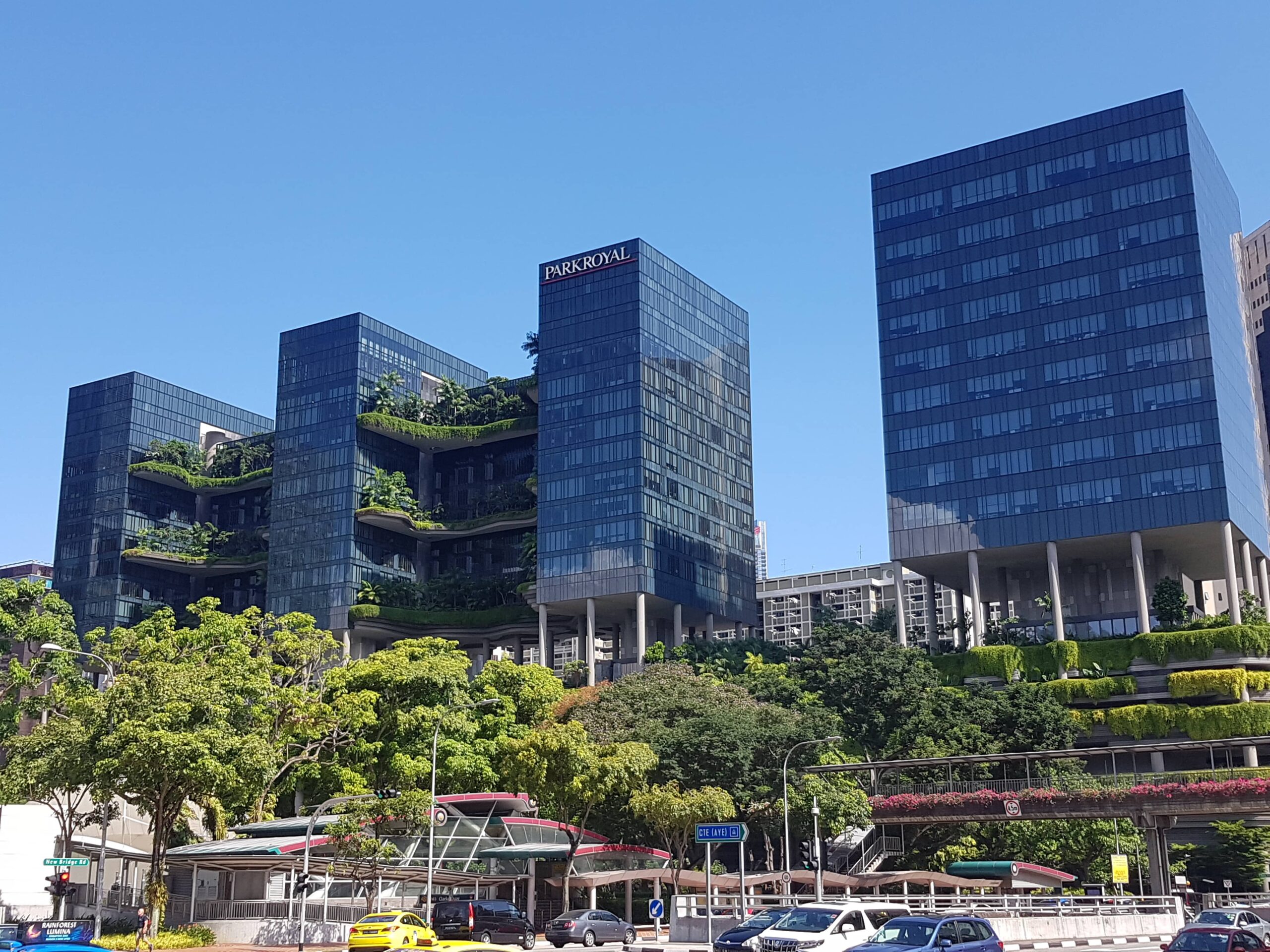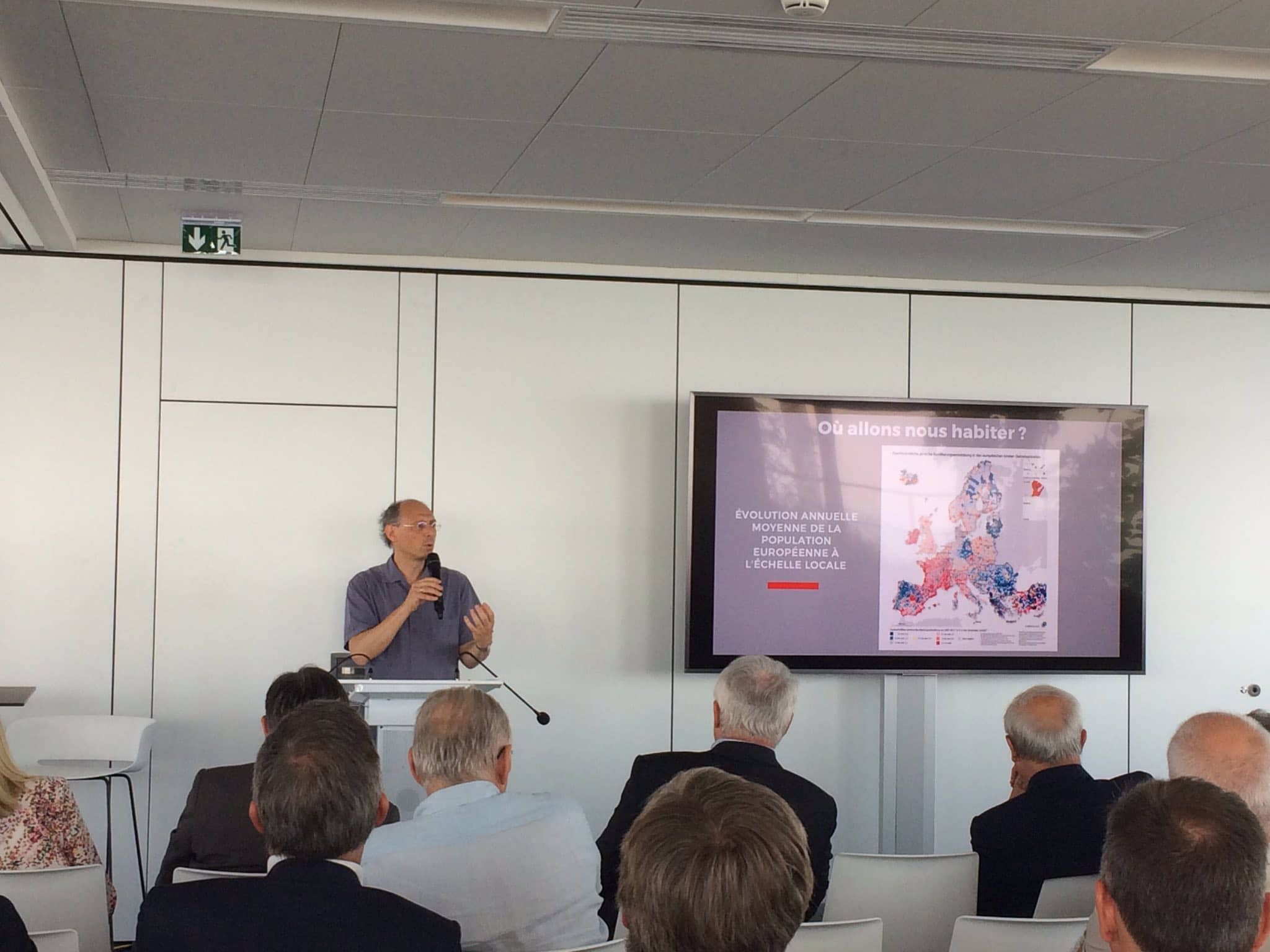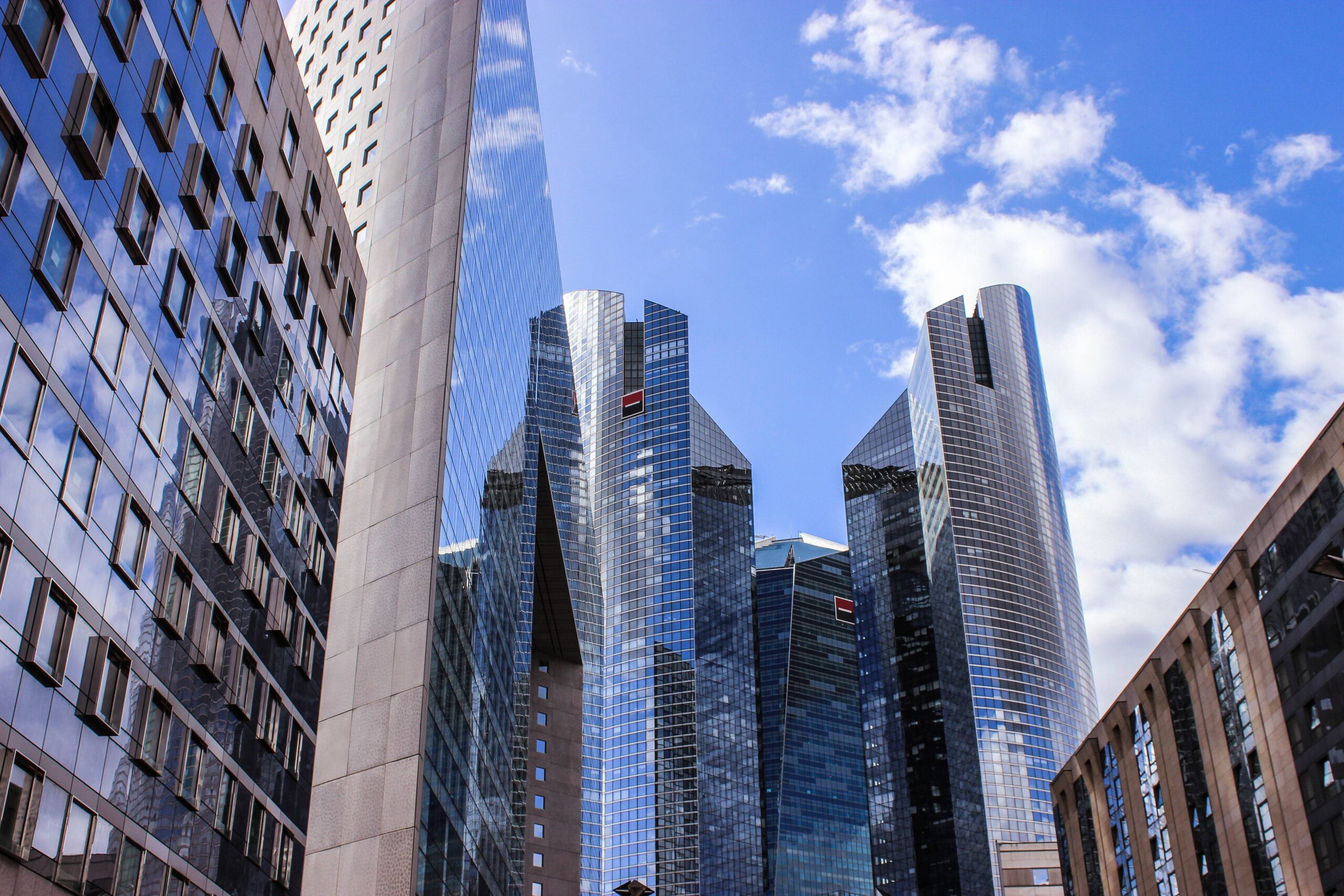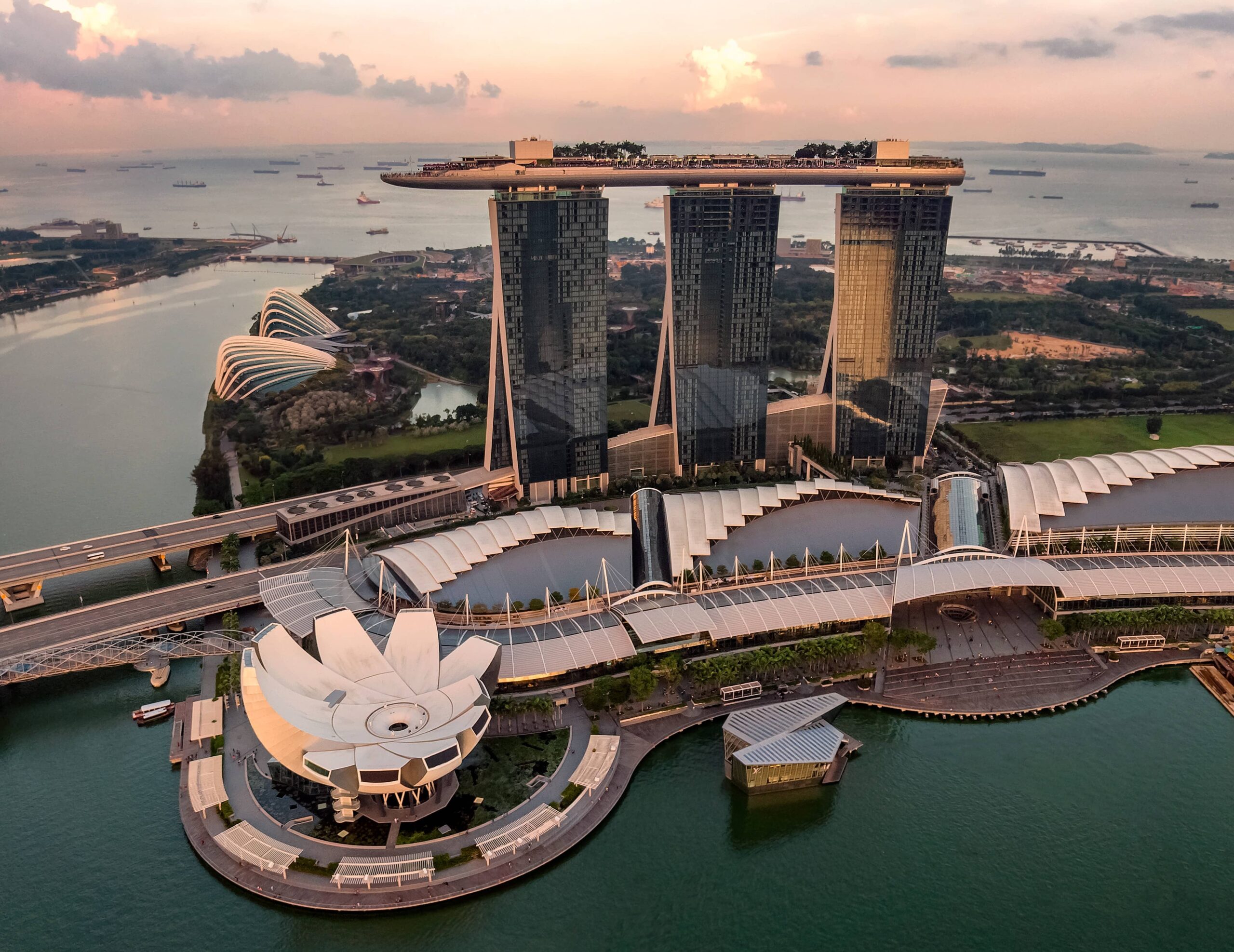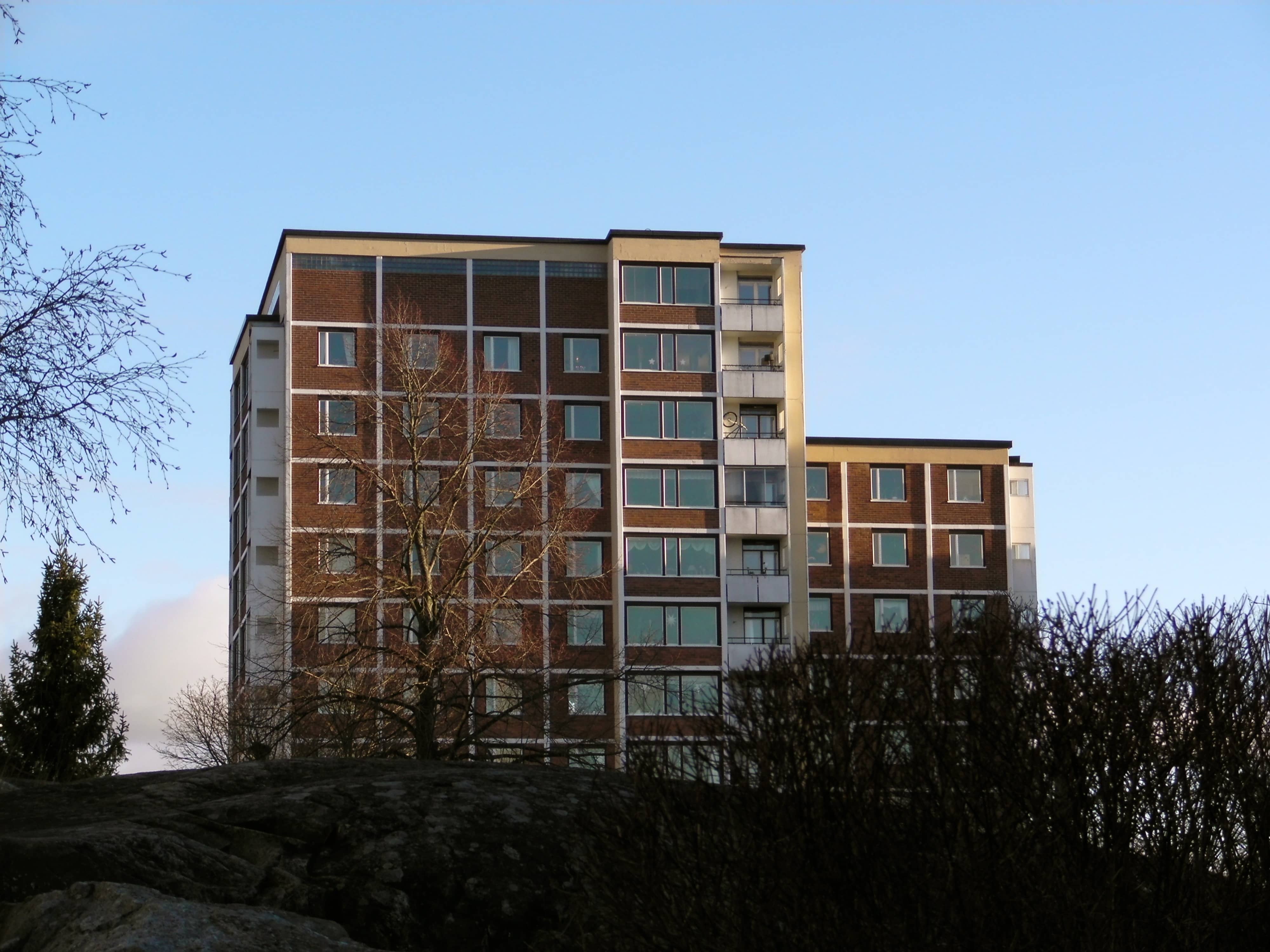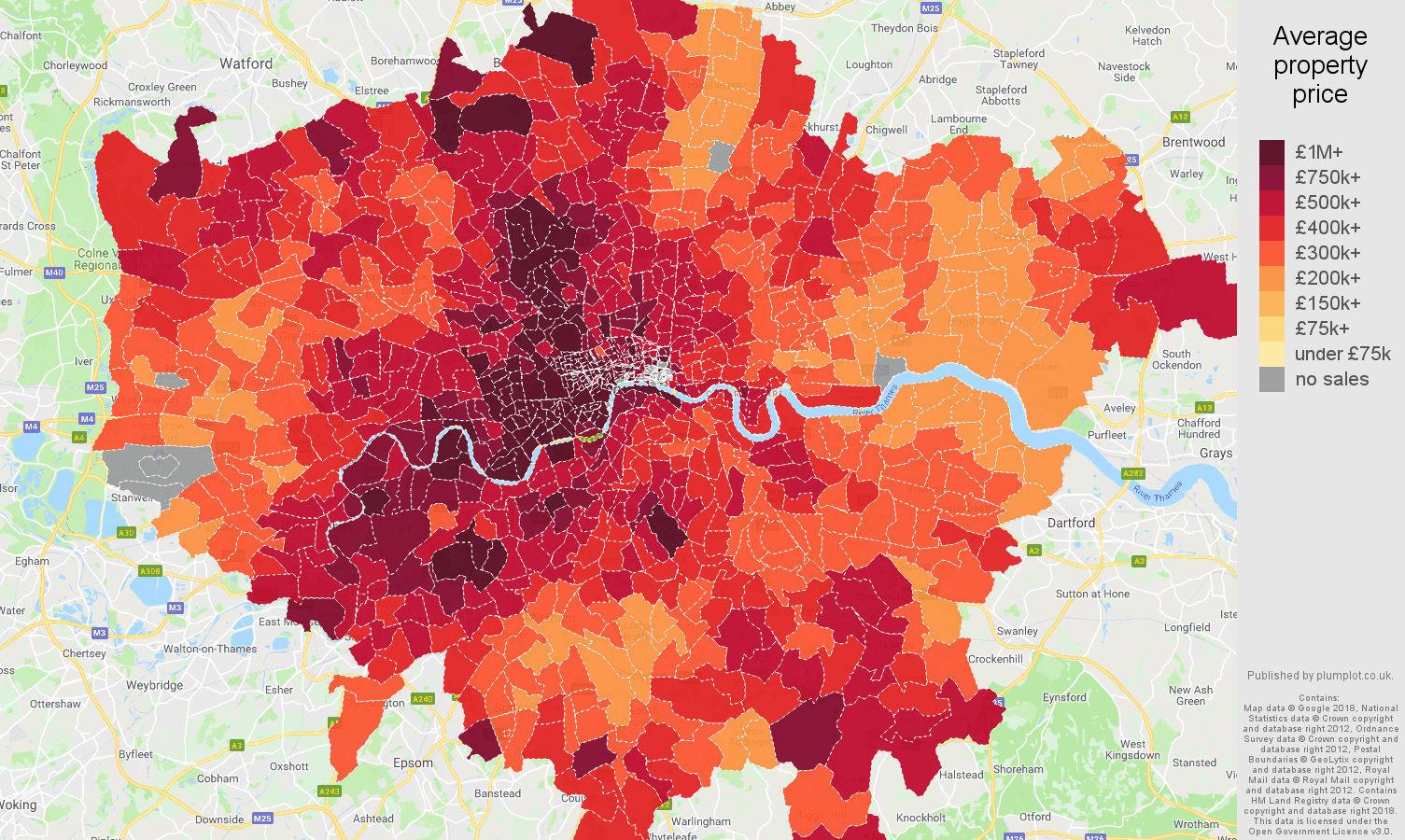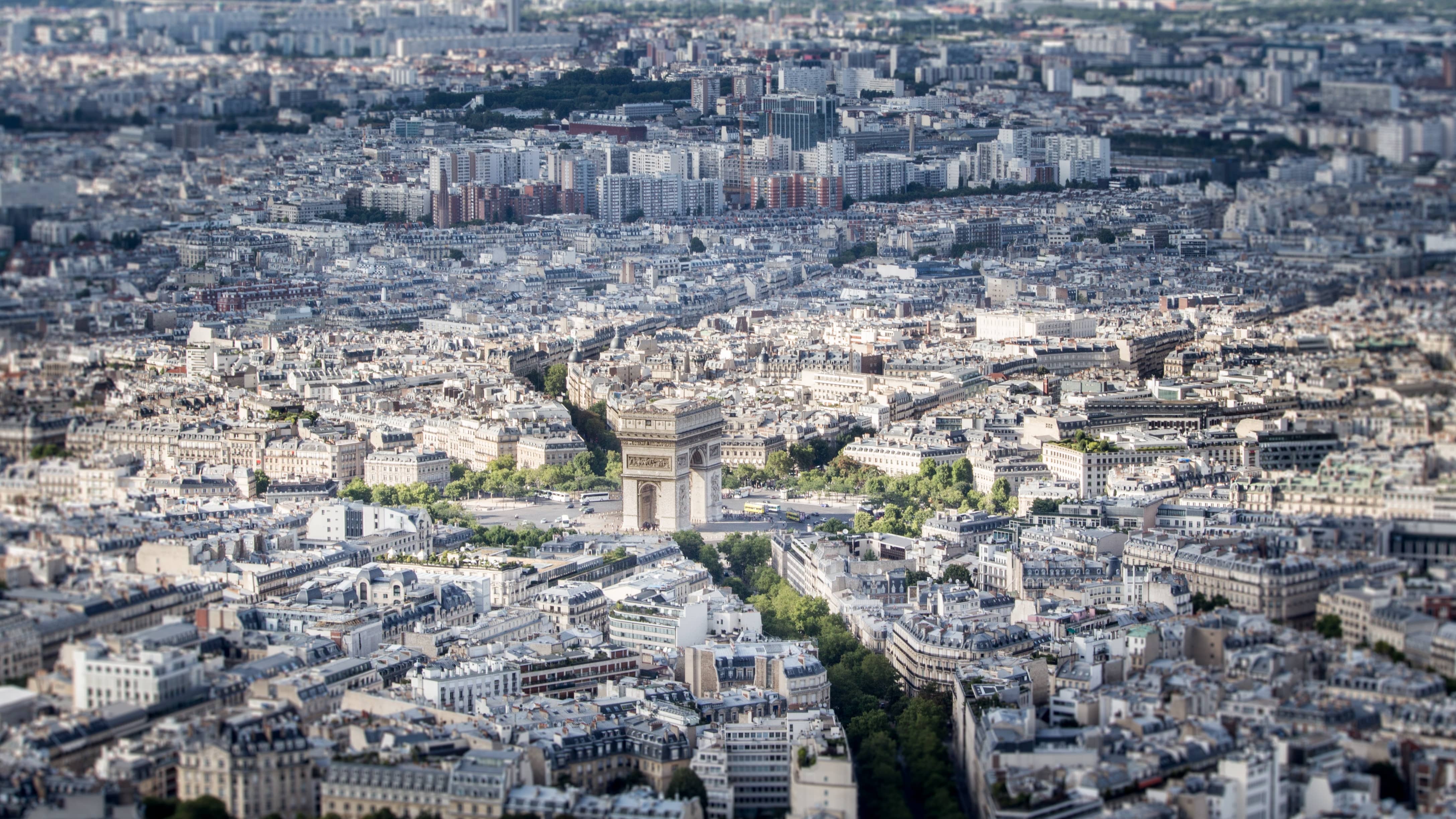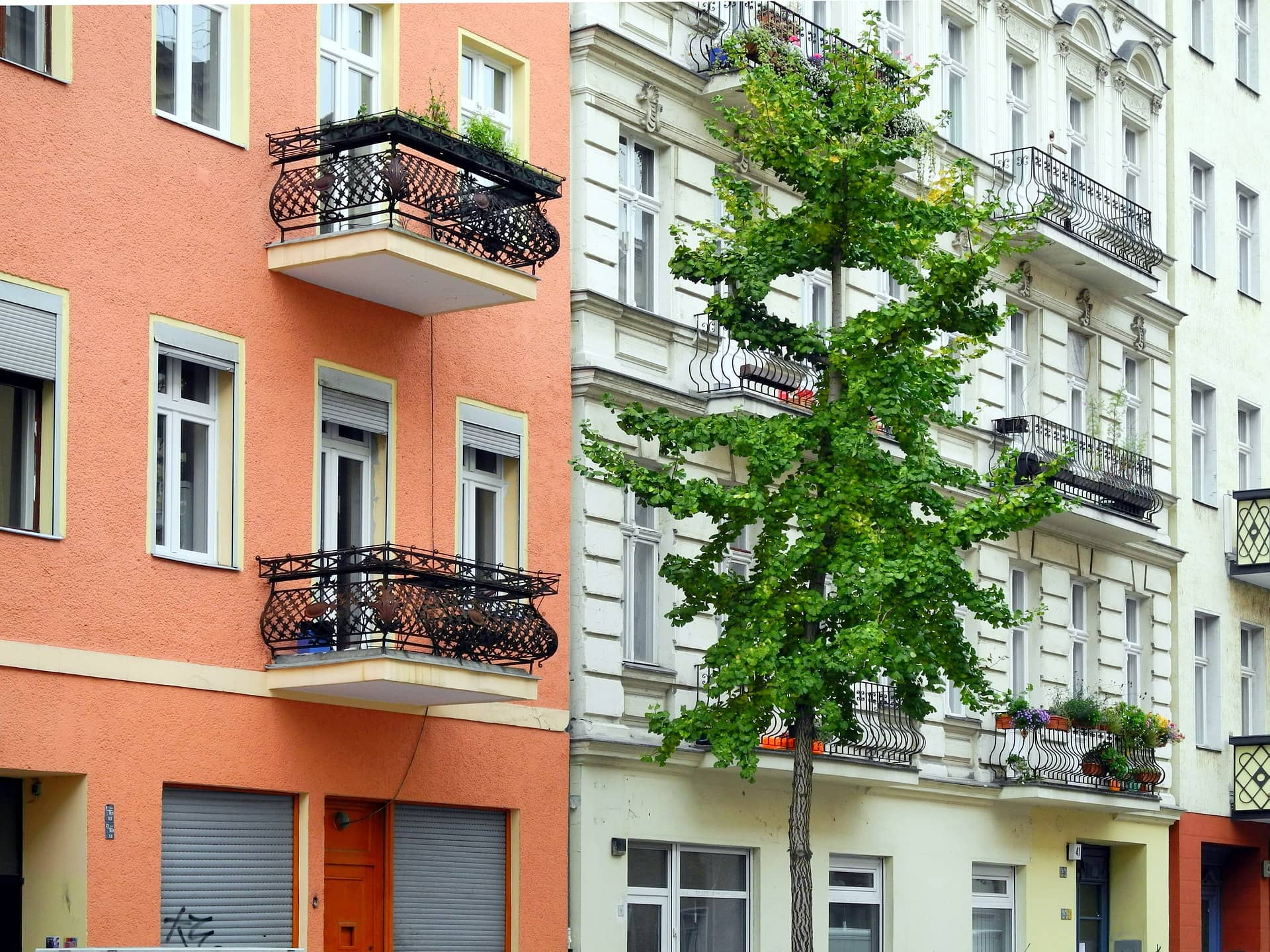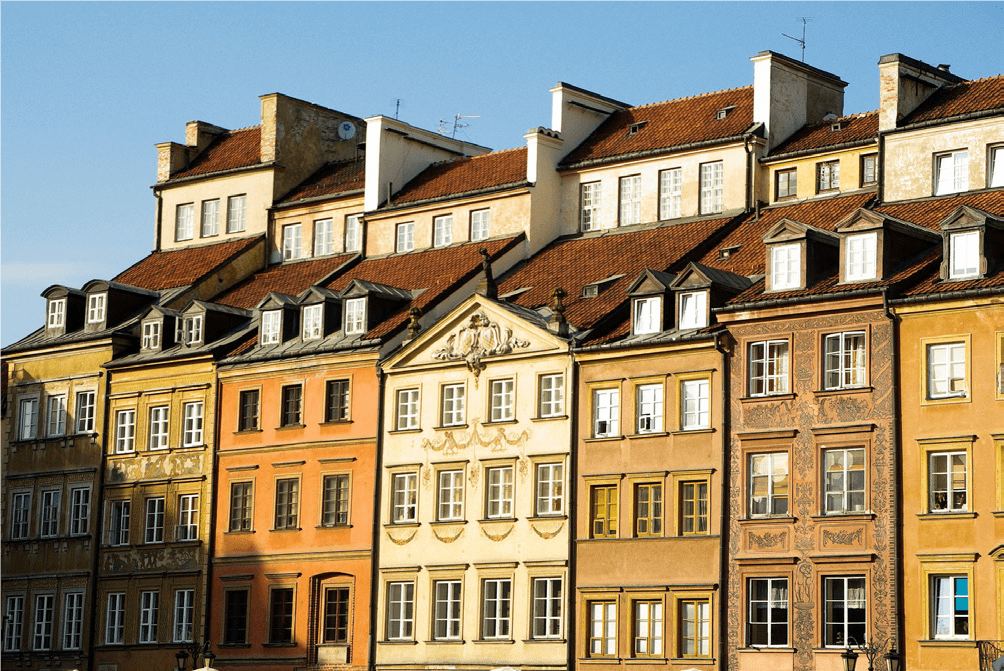

Long live urban density!
When the lockdown was announced on March 16 in France, nearly one million people from the region of Île-de-France left in a hurry. One of the causes of these departures is density, a word that both annoys and frightens but which also represents both the past and the future of our cities.
Why are more and more people deciding to live in cities in France and throughout the world? Precisely to benefit from their density. Because a dense city is a living city, where jobs, opportunities, encounters and innovations are concentrated. Moreover, it is difficult to fund public transportation, health infrastructures and schools without a minimum population density.
But doesn’t concentrating so many inhabitants and functions amount to creating the ideal conditions for the spread of coronavirus? No, because it is not urban density that facilitates its spread but rather the density of social contacts, which is not correlated with population density. This explains the emergence of clusters in Mulhouse (5,000 inhabitants/km2) or in sparsely populated Italian villages. And if the French département of Seine-Saint-Denis has paid a heavy price for the pandemic, it is not because of its density, which is three times lower than that in Paris intra-muros, but because of overcrowded housing.
So why is urban density so unloved? Because it is greatly misunderstood. It is thus the victim of misleading perceptions and persistent confusions: many people are unaware that a neighborhood made of large housing estates is much less dense than a neighborhood made of townhouses. Moreover, density says little about a city: Créteil, Grenoble and central London have equivalent population densities. What’s more is that the alternative to density is well-known: it is called peri-urbanization or urban sprawl, phenomena accompanied by a dependence on cars hardly compatible with the preservation of the environment. On the contrary, the dense city is more economical in terms of space and is therefore an ally in the fight to protect biodiversity. Finally, let’s not forget that density can be pleasant: think of Baron Haussmann’s Paris, which counts 20,000 inhabitants per km2. Why can’t we reproduce the experience in a 21st century version?
→ This op-ed is an excerpt from recent chronicles by Cécile Maisonneuve, broadcast on France Info. Find all the podcasts (in French) by following this link.
These other publications may also be of interest to you:
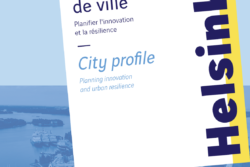
Helsinki : Planning innovation and urban resilience
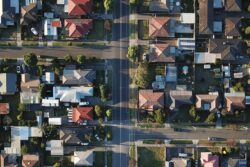
Forget 5th Avenue
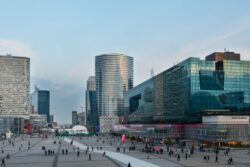
Death and life of CBD
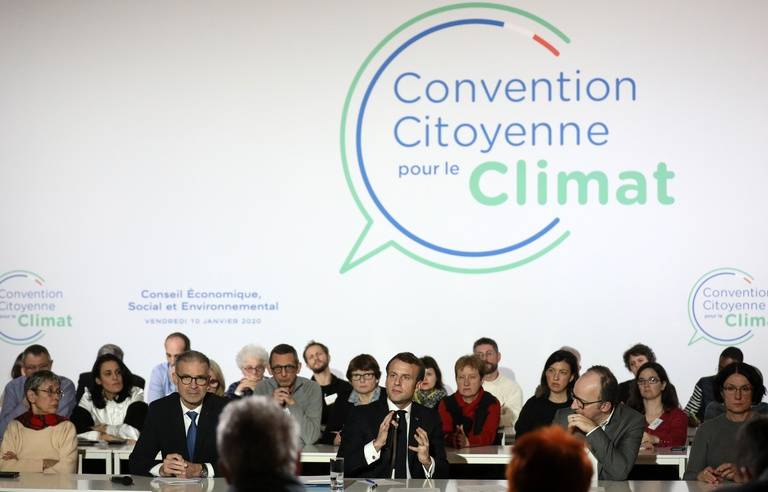
Is resilience useful?
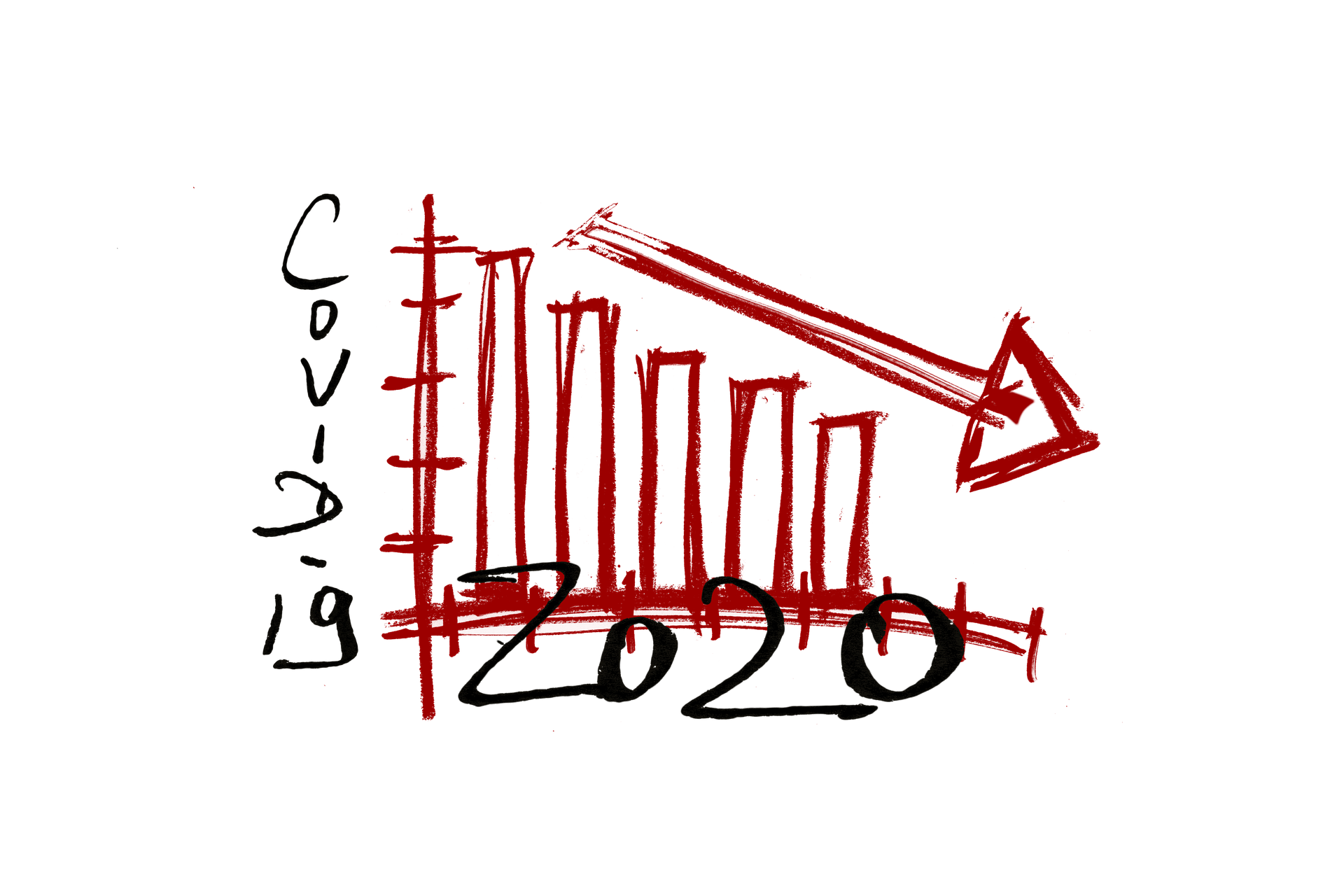
Behind the words: Recovery
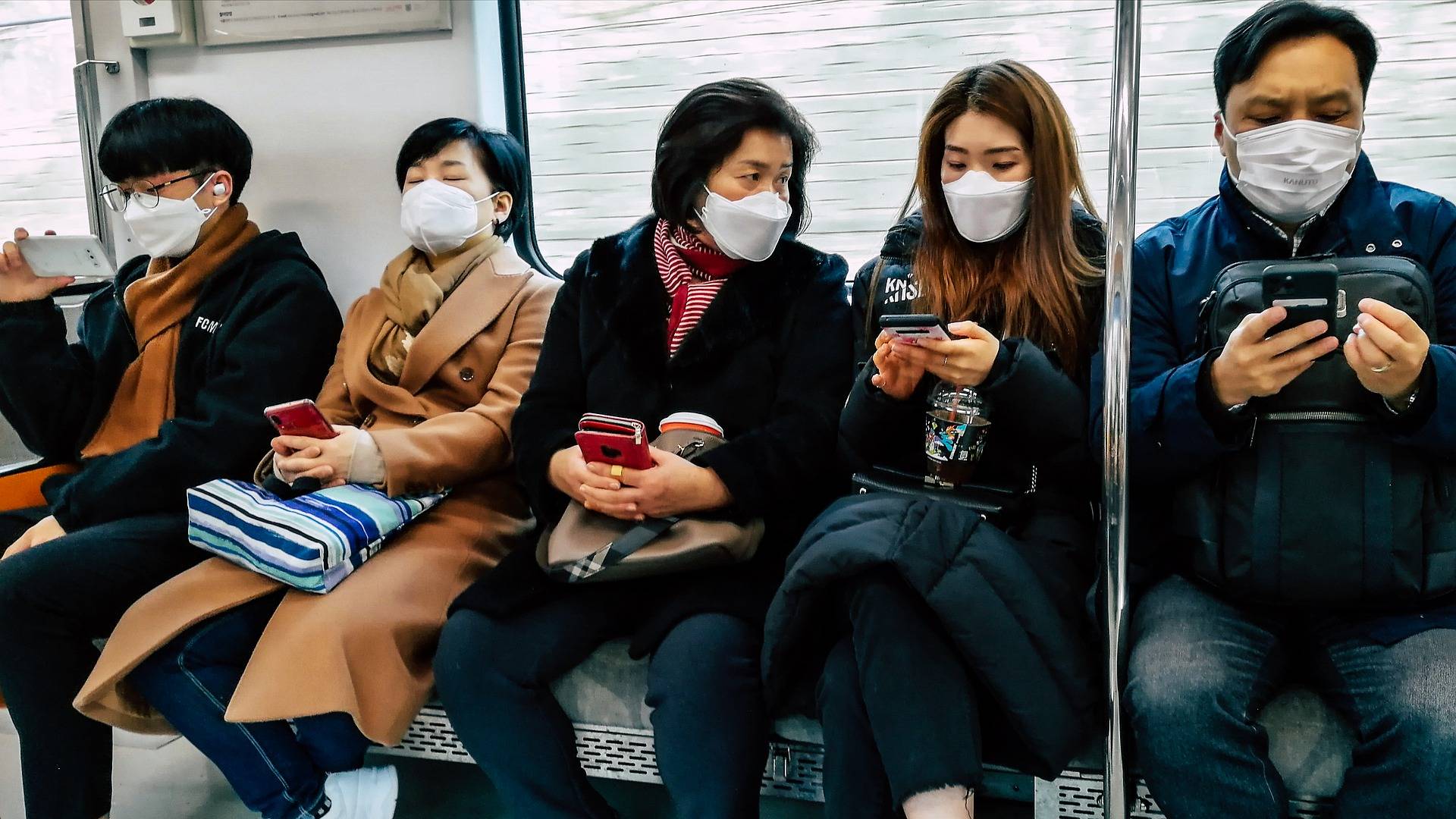
Sending out an SOS
The ideal culprit
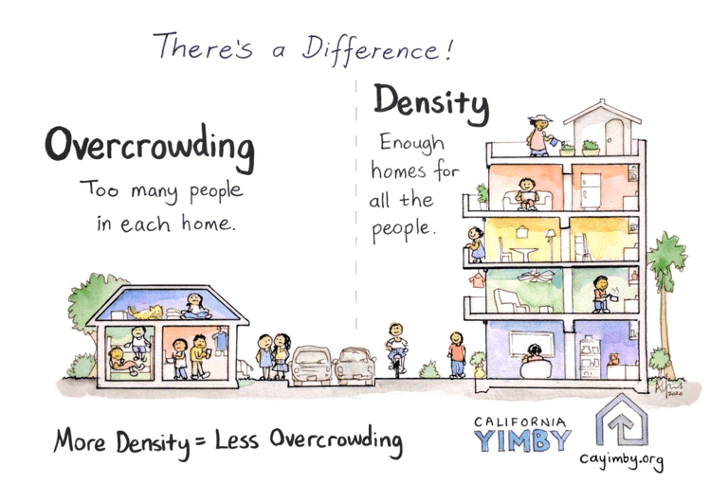
Behind the words: density

Behind the words: telecommuting
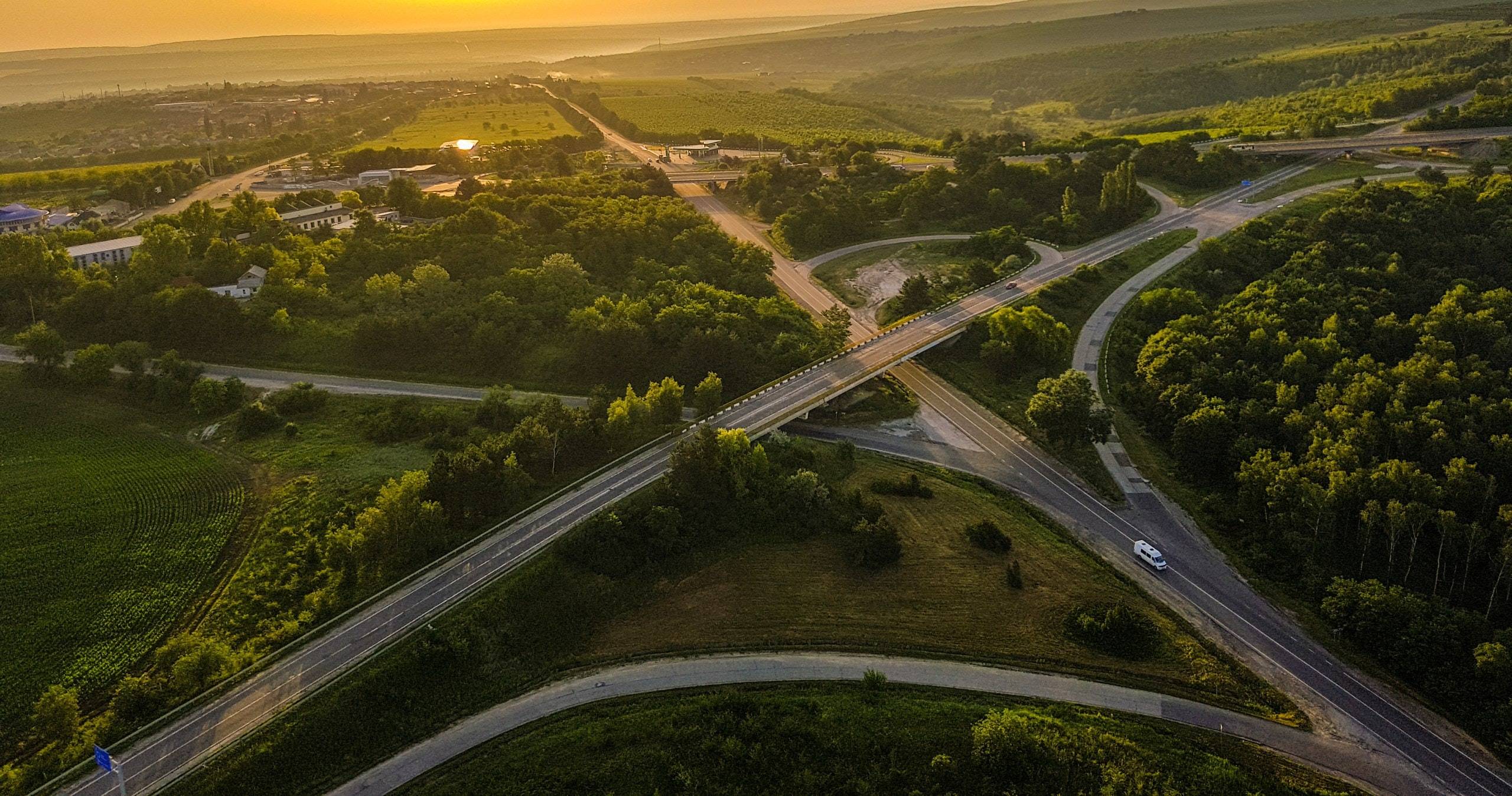
Behind the words: urban congestion

Behind the words: food security
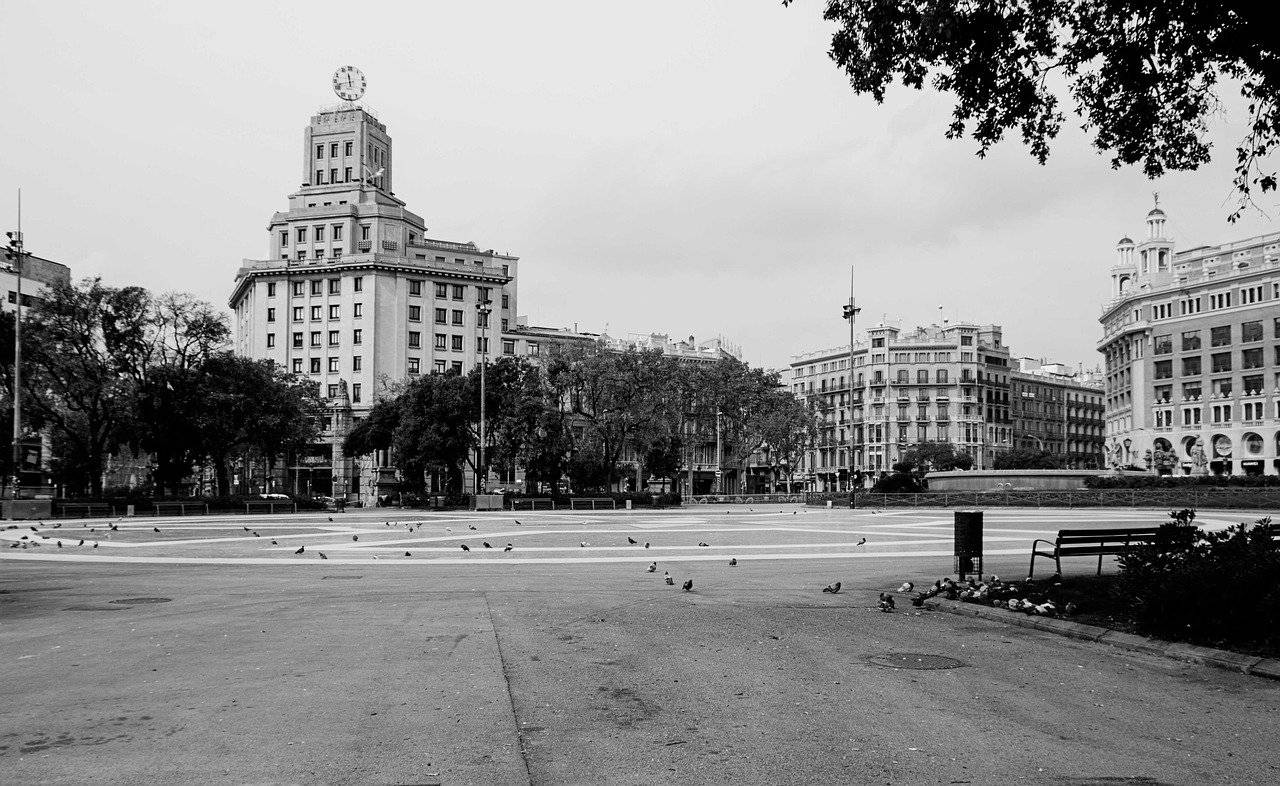
180° Turn
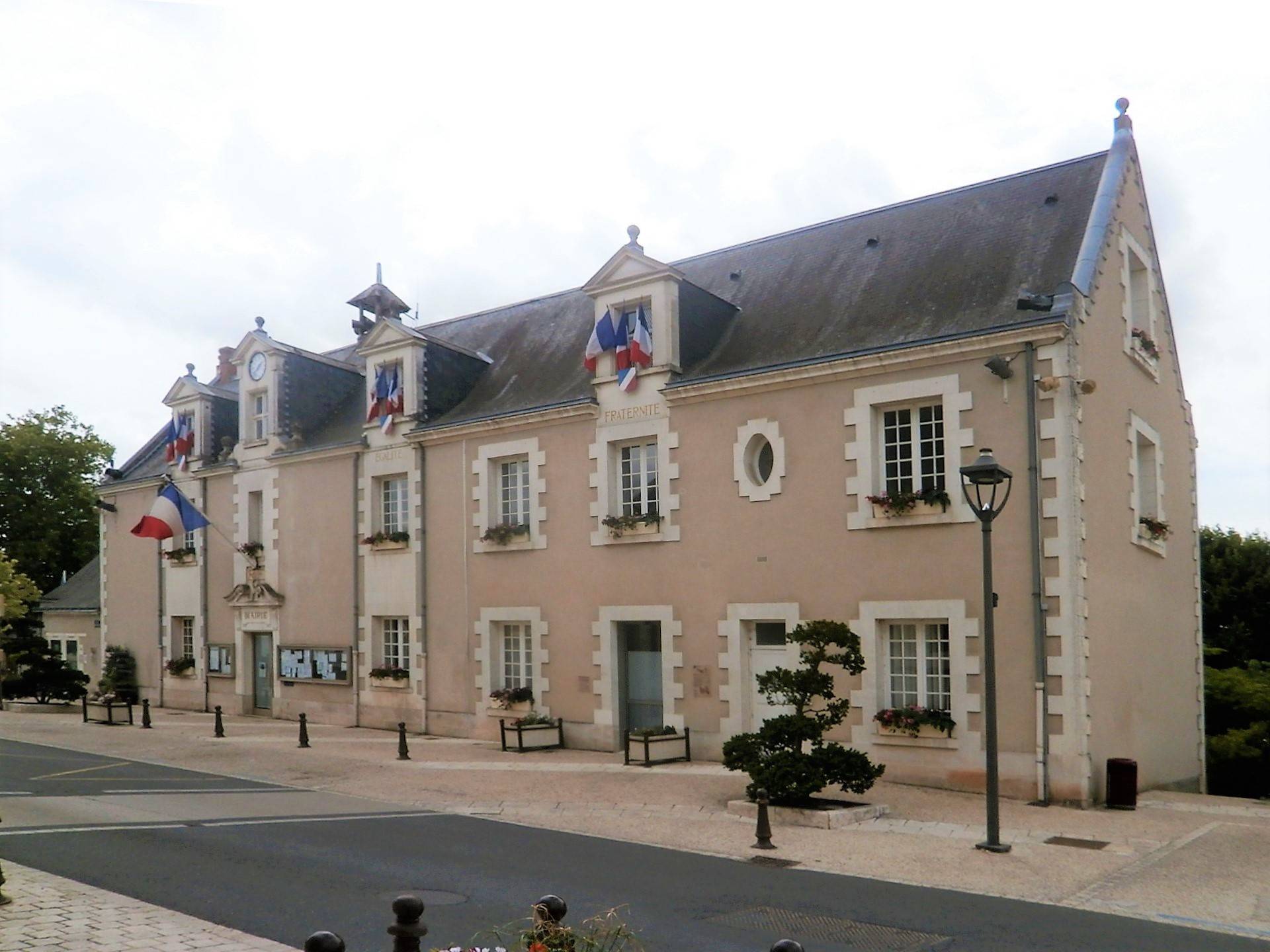
Cities in safe boot mode
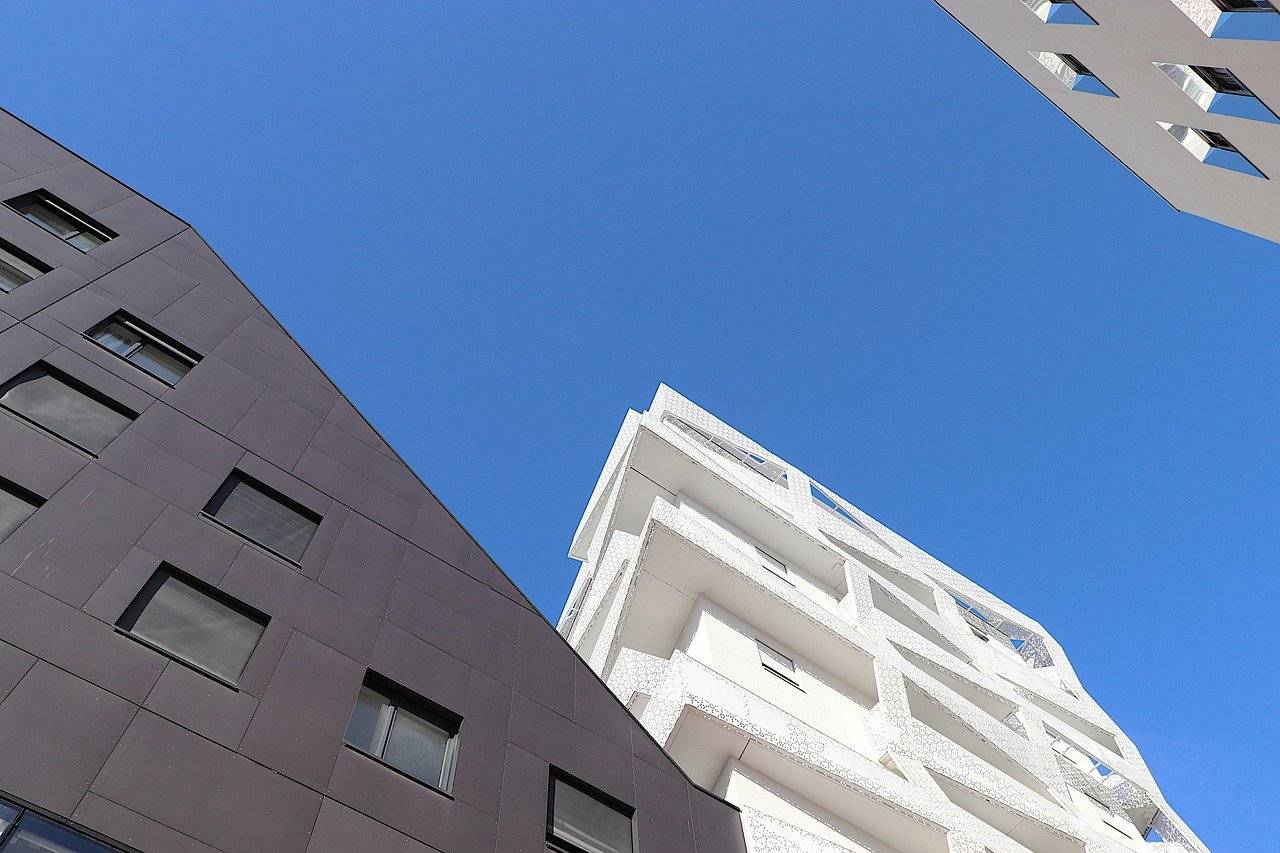
Behind the words: Affordable housing
Across cities in crisis
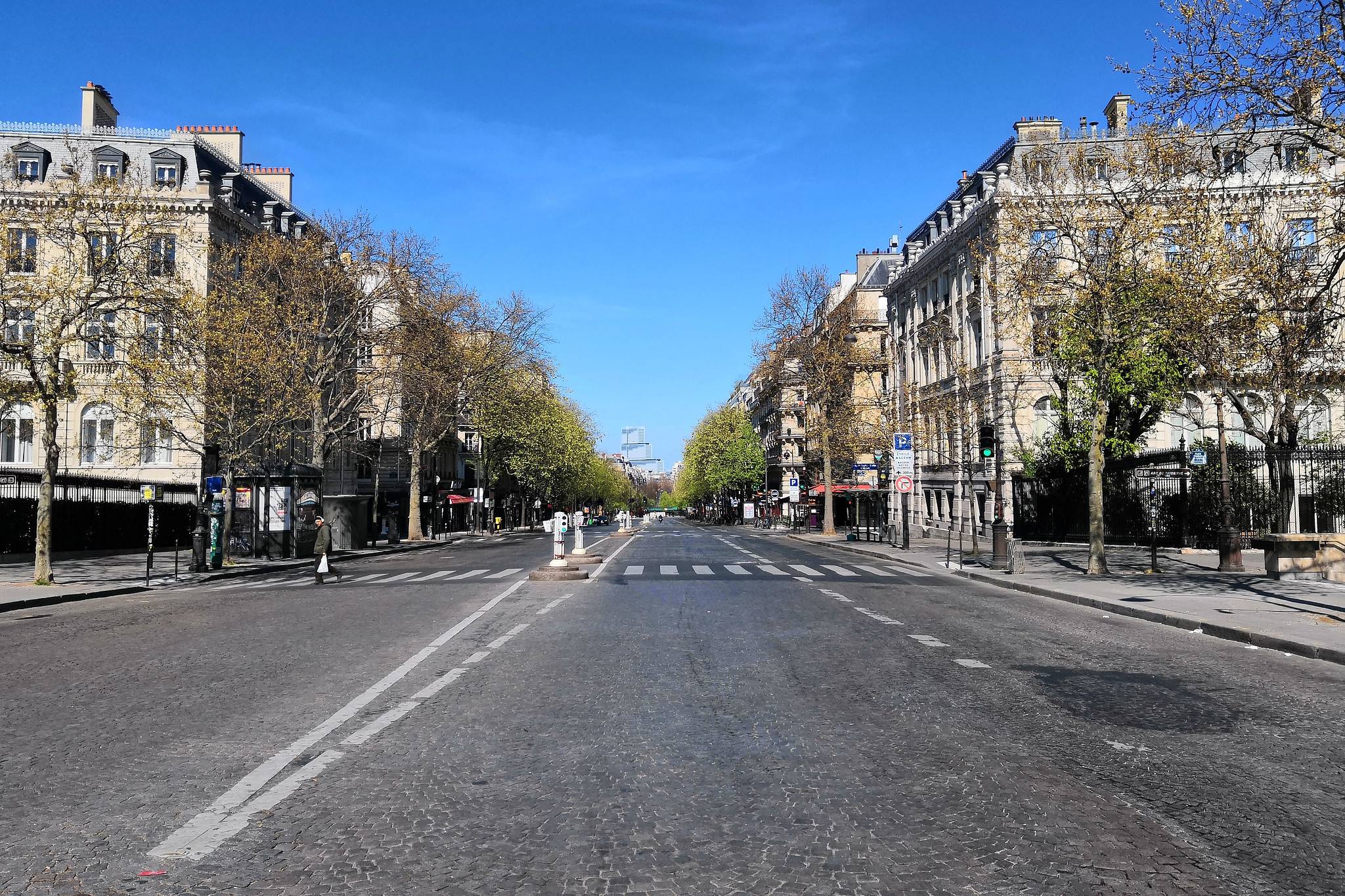
A street named desire
La Fabrique de la Cité
La Fabrique de la Cité is a think tank dedicated to urban foresight, created by the VINCI group, its sponsor, in 2010. La Fabrique de la Cité acts as a forum where urban stakeholders, whether French or international, collaborate to bring forth new ways of building and rebuilding cities.















